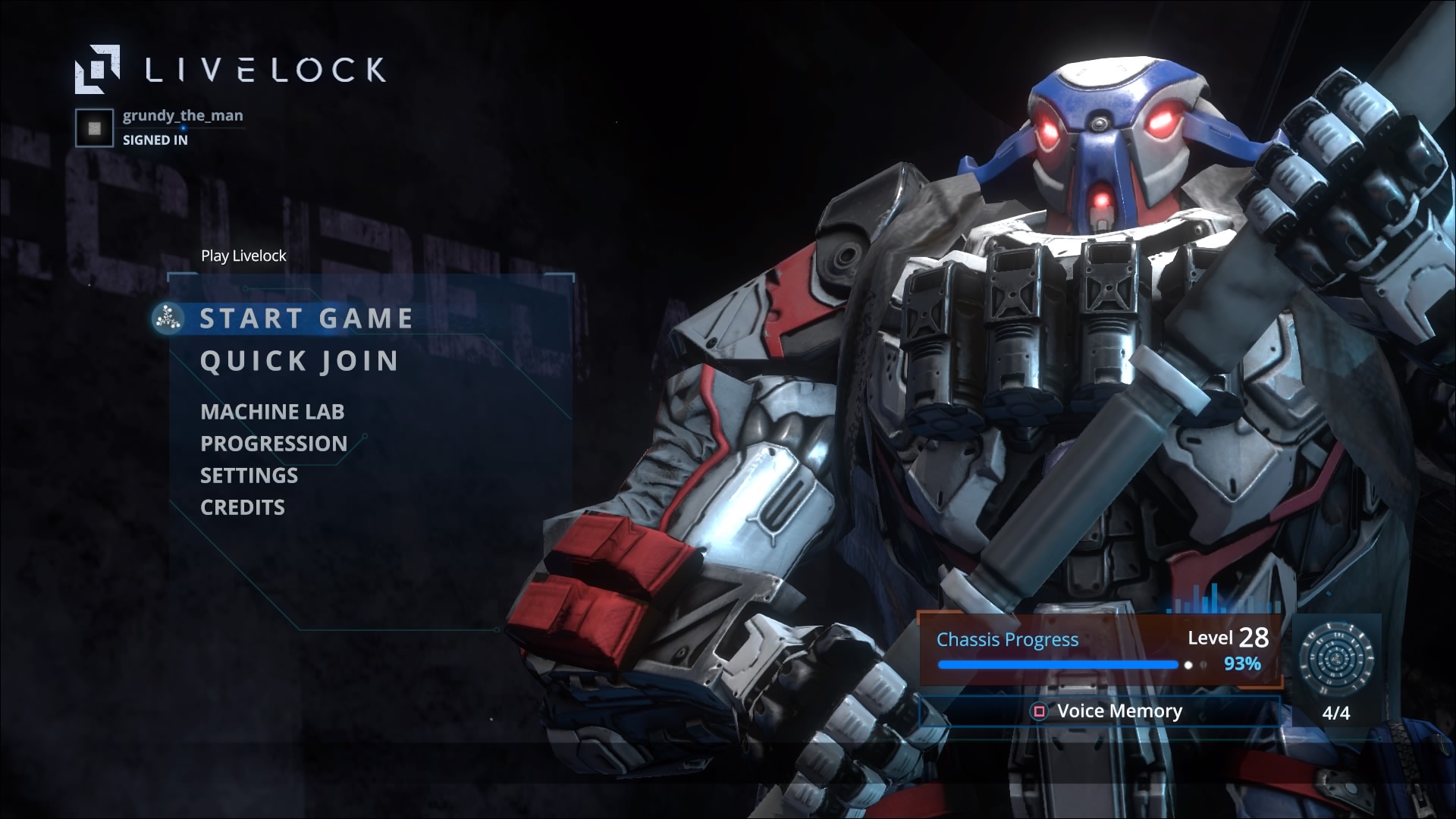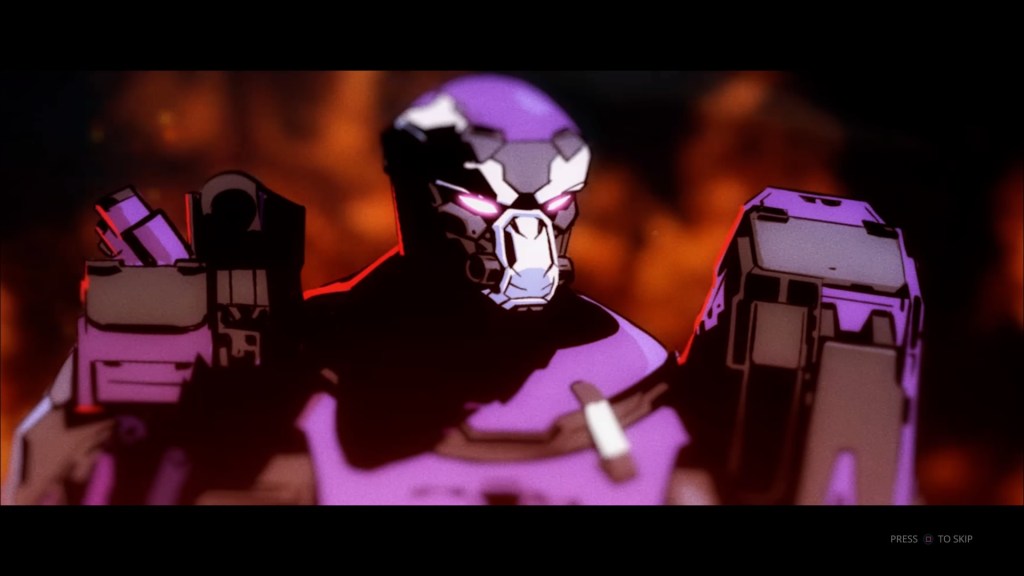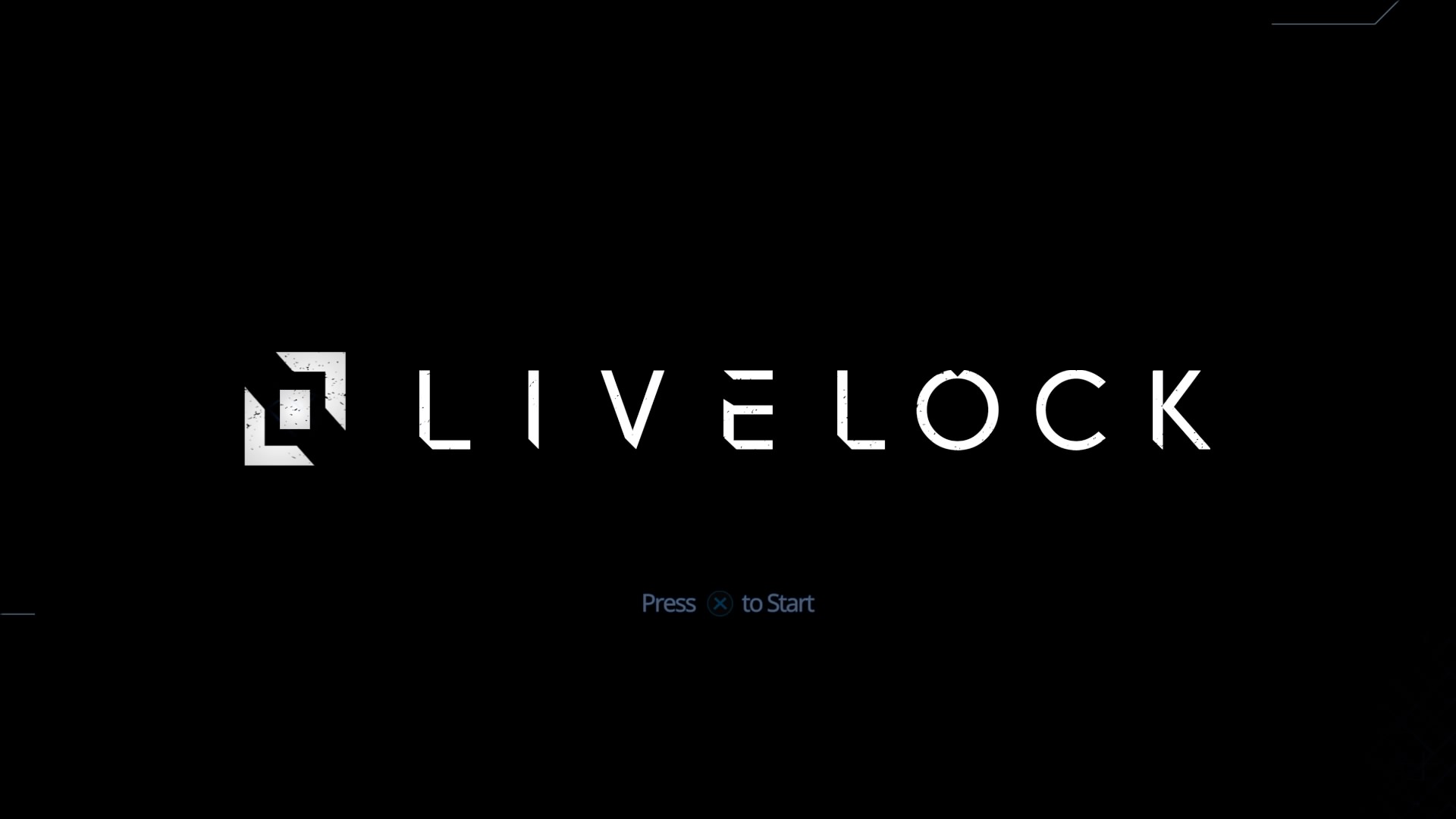
It’s the 22nd century. Humanity, at least in its corporeal form, has gone the way of the Dodo. Left standing are pocket factions of rogue machinery, warring over the remains of earth and its extremely limited resources. In Livelock’s futuristic science fiction world, AIs remain the most dominant force. The one remaining hope of humankind, if you can call it that, is a collection of three bots named, “The Few.” Instead of being driven by a series of binary logic decisions, these three remaining “Capital Intellects,” are the only creatures on the planet that contain the consciousness of a real-life human uploaded into their memory banks. Along with the assistance of a human-created war mind satellite, this ragtag trio represents the only hope for retaining earth’s collective historical knowledge. “The Few” have been reactivated after a long dormancy, in hopes of finally taking the fight to the remnants left standing. Are you up to the challenge?
Spark of Inspiration
I know this is probably going to come as a shock, but a game that’s set in a post-apocalyptic wasteland revolves around action and combat. Who would’ve seen that coming? Livelock is a top-down shooter-brawler hybrid for up to three players via drop-in, drop-out coop. The storyline pits mandroid (yes, I know that isn’t a real word) against robot, in a cliché-ridden narrative that feels old enough to predate the origin of the genre. Without giving too much of the he plot away, it would be safe to say that this feels like the logical endpoint, brought about by the Transformers animated series and films. Despite feeling overwhelmingly over-tread, it is important to not lose sight of the fact that at the heart of the combat is the overwhelming desire to restore what can be salvaged from humanity. What the Intellects actually plan on doing after dispatching the occupying forces goes hilariously unexplained, but who wants to sweat the small details when there are so many explosions to ignite?
Each of the three Capital Intellects fall into the standard class categories of soldier, sniper, and brawler. As you might expect, the sniper is primarily geared towards long range, precision combat, the soldier is a standard mid-range combatant, and the brawler is a burly beast, focused on short range hand-to-hand destruction. Players chose the specific chassis that is best geared toward the class they would prefer to use. Player-created units remain persistent throughout the campaign, regardless of whether playing locally and online. Once mechs are customized and configured, players are set loose on what remains of the world, with the mandate of demolishing literally anything that moves. Seriously. If it isn’t stationary, it will try to destroy you. It is best to live by my favorite action game mantra: “Do unto others, before they do it to you!”
Combat scenarios play out like one might expect in a twin-stick shooter. Depending upon the unit type being utilized, the strategy may differ slightly, but ultimately the end goal of total adversarial decimation remains the same. The combat itself feels fast and fluid, but tends to lack variety, especially in later stages. Once players have landed on a method of fighting that works best for them, it will most likely become a spammed attack, at least until the cooldown finishes on special attacks. In another curious choice, there is very little consequence for actually dying in battle. Once the health bar has been depleted, a quippy piece of dialog is spouted out in a death cry and then they respawn from a drop pod that rains down from above. This is especially curious when there are stages that take place inside of dark buildings or in underground cave. Logic be damned!
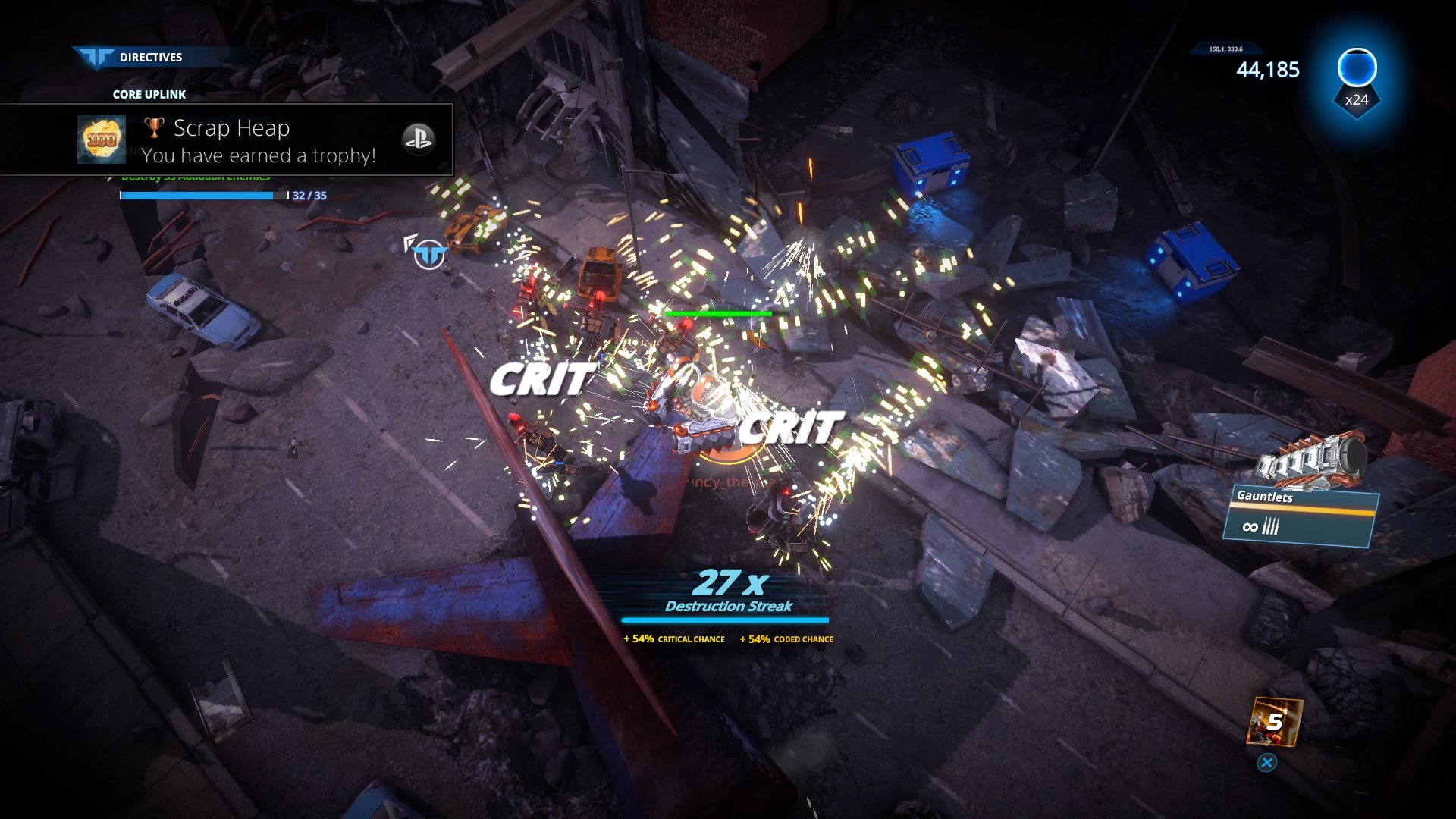
Predictable Algorithms
The overall map design of Livelock is fairly standard fare, set in a series of linearly structured glorified death mazes. There are usually a series of objectives that need to be accomplished in order to complete a stage and unlock what amounts to a door to the next mission. Until all primary tasks have been finished this portal remains closed. Maps themselves consist of a concrete start point that leads into a series of several branching pathways. These pathways eventually end up funneling back together, just in time to fend off one final assault from oncoming forces. Wash. Rinse. Repeat. Other than a couple of defense-centric horde mode encounters and a boss battle to conclude each act, this predictable structure will make up the proverbial meat and potatoes of the campaign.
While progressing, players will be given the chance to upgrade their character in several different ways. On the cosmetic side, there are pieces of gear that are either dropped by enemies or uncovered through locating hidden areas. Items such as helmets, gear shaders and cloaks are purely aesthetic, but can really help distinguish the heroes apart from one another. The other form of customization is far more important: weaponry. Scanning units that had previously been downed or dispatching adversaries will earn in-game currency. These monies can then be utilized to either purchase new weapons or upgrade the existing arsenal. Early missions don’t require much upgrading in order to succeed, but it doesn’t take long before upgrading becomes a necessity in order to remain competitive. Additionally, the leveling process also unlocks enhanced perks for every type of gear and special attack. It’s especially important to pay attention to which perk is enabled at any given time, because there are usually at least two permutations that are eventually available.
Blowing a Fuse
Though Livelock is a perfectly competent shooter, it doesn’t really offer up anything truly new or original. Everything from the narrative to the environments feel stale and lifeless. If there were a Ben Stein of action games, this would be it. You might be able to chock the art side of that complaint up to the whole, “end of the world,” aesthetic, but quite frankly it looks like any other science fiction inspired title on the market, only shown from a top-down perspective. Another weird note about environmental objects in particular is the downright terrible animations that they utilize. Damn near everything can be destroyed, but they all break along the same axis and offer up an identical animation that looks like you are trying to view it though rapidly rotating helicopter blades. When the combatants animations flow so smoothly, these choppy elements stick out like a clergymen in a brothel. One other performance issue starts to kick in when there are more than a couple dozen models on screen at once. Under this seemingly reasonable rendering stress, framerates will start to chug rather excessively. And lord help you if there are explosion animations being shown at the same time.
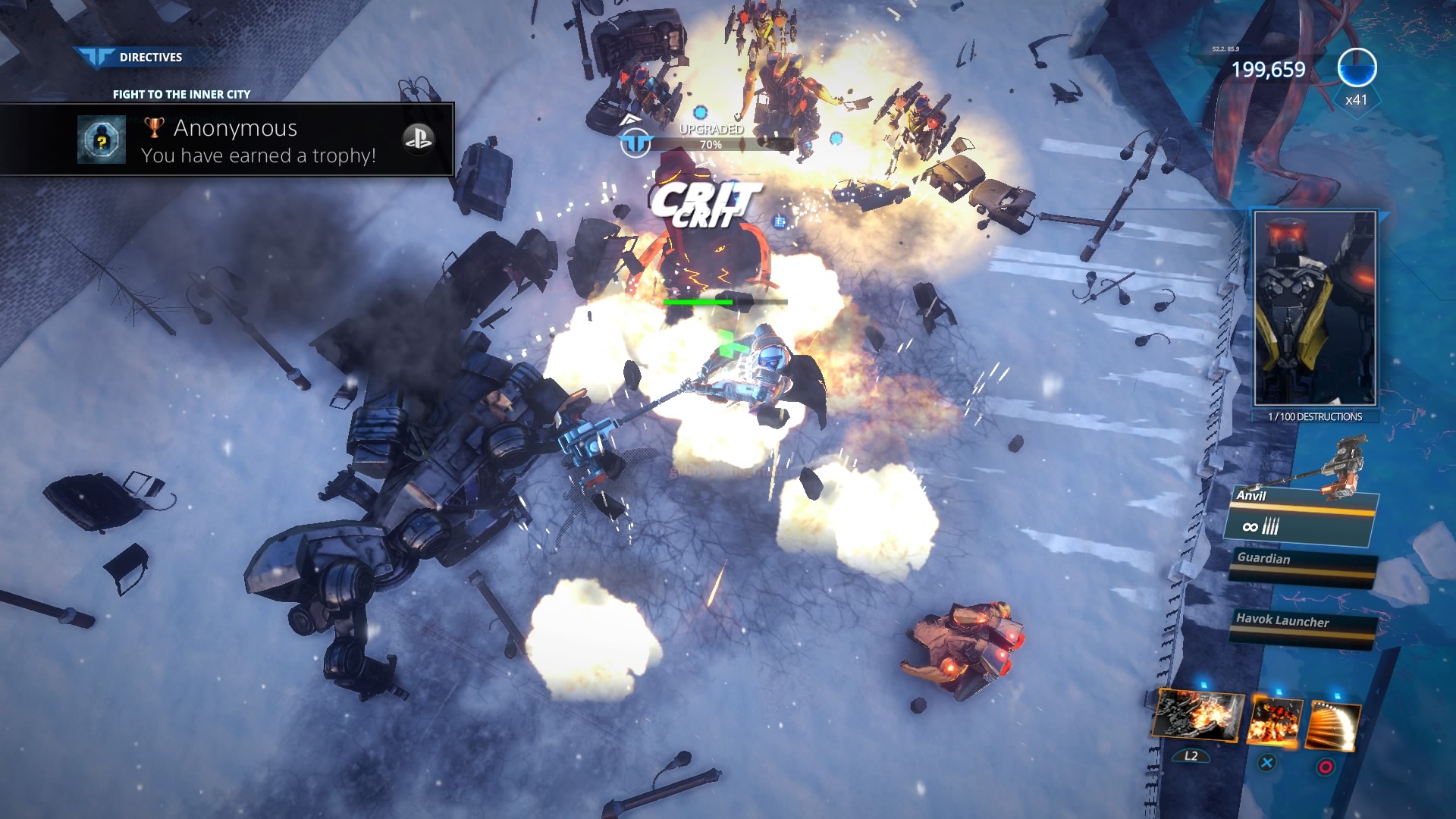
Two more curious design choices that seem to backfire, revolve around the combat itself. For one, when players die, there is no real disadvantage or penalty, other than losing out on a potential score multiplier at the end of a mission. There probably should have been more done to make sure a fail state actually impacts the player in a more dramatic manner. Instead, the action feels devoid of any sort of urgency or tension. It ends up becoming a mindless button mash-a-thon. Probably my biggest complaint in terms of combat is that each faction tends to have very little variety to their character models or tactics. Learn the trick to clearing out each unit type and it will be smooth sailing. Oh, and let’s not forget about how they attempted to increase the difficulty. Instead of providing new enemy types or AI behaviors, they literally use the same characters only with larger on-screen models and health bars. I know that there can be extenuating circumstances surrounding the design of a game, but this just feels inexcusably lazy.
On the surface it would appear that Livelock is trying to bring something new and interesting to the PlayStation 4. Unfortunately, though perfectly competent as an action game, ends up falling flat on execution. The predictable storyline, inconsistent production values and lackluster variety mar what could have been a fun distraction during the summer’s AAA famine. If you are looking for a fairly decent brawler/shoot-a-thon, Livelock should fit the bill, but this is not going to be the kind of title that remains installed on your console after its completion.
Review code for Livelock provided by publisher. For more information on scoring, please read our Review Policy here.
-
The action is fast paced and at least initially fun
-
Combining a shooter with RPG components make progression compelling
-
When playing with two other players, the experience is fantastic
-
The level and character designs are dull and repetitive
-
Making death inconsequential removes any form of urgency
-
Inconsistent production values lead to inconsistent quality
-
Framerate drops occur far too frequently
Livelock
-
Livelock_20160827125305
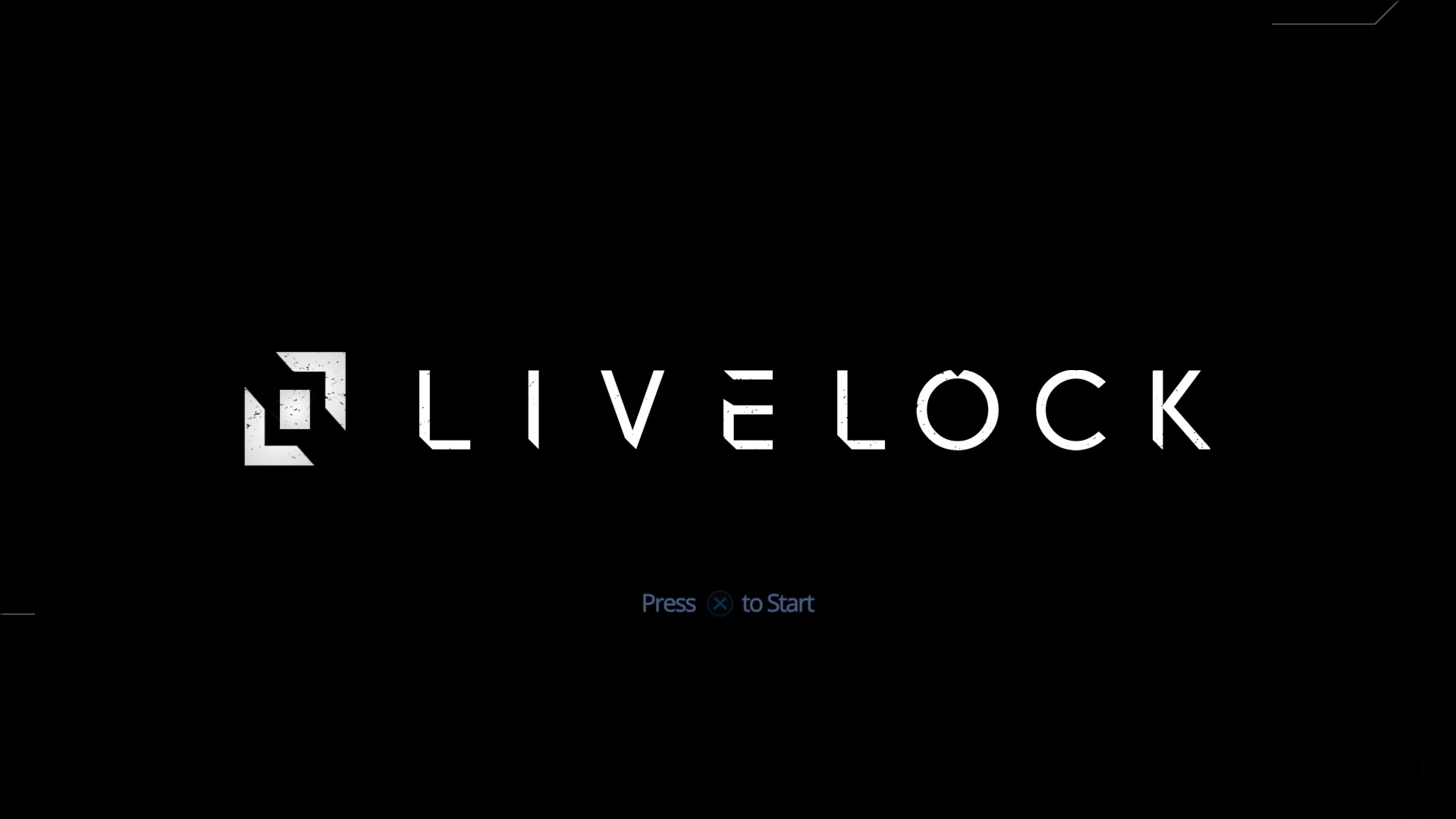
-
Livelock_20160827125324
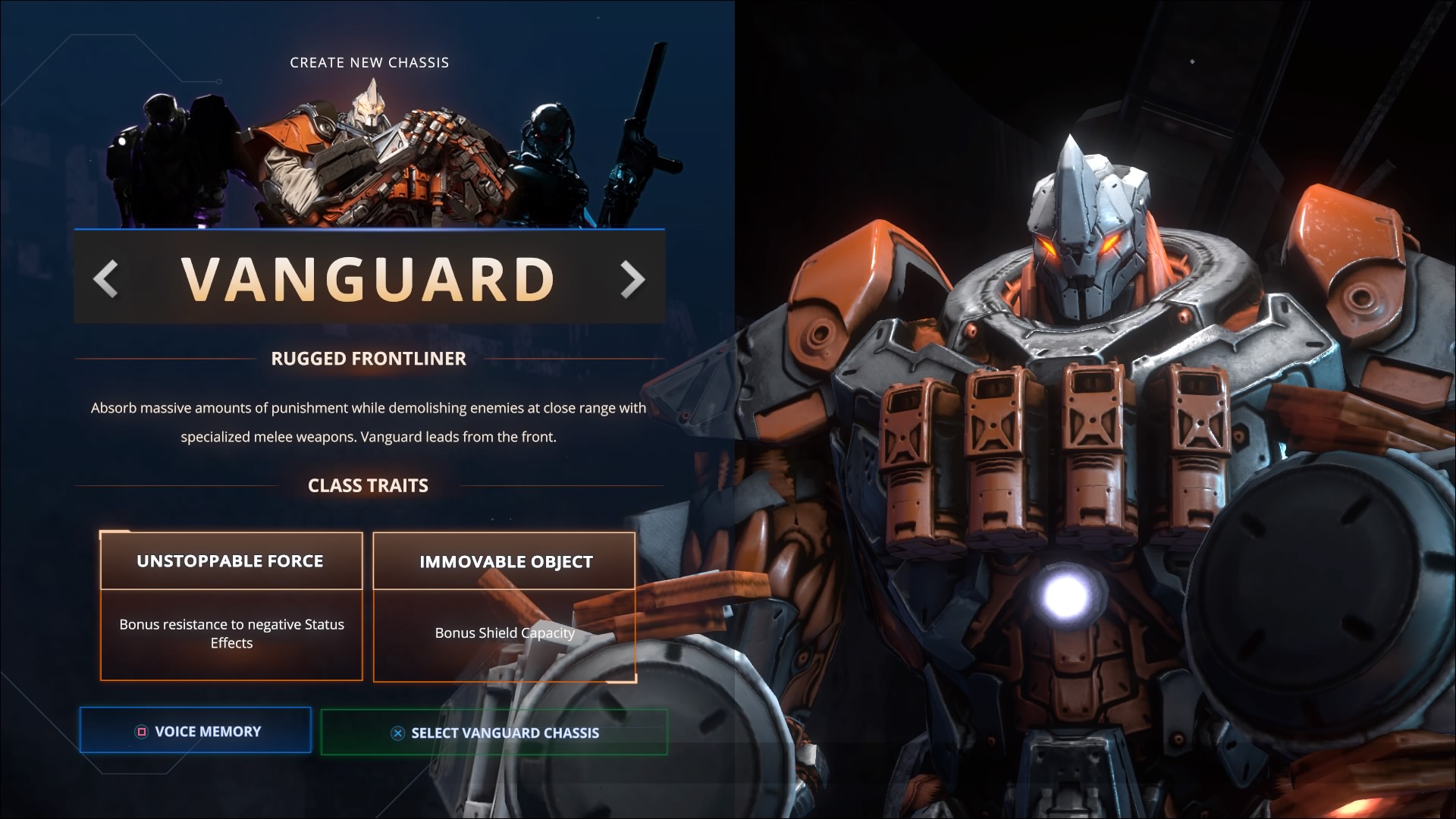
-
Livelock_20160827125331
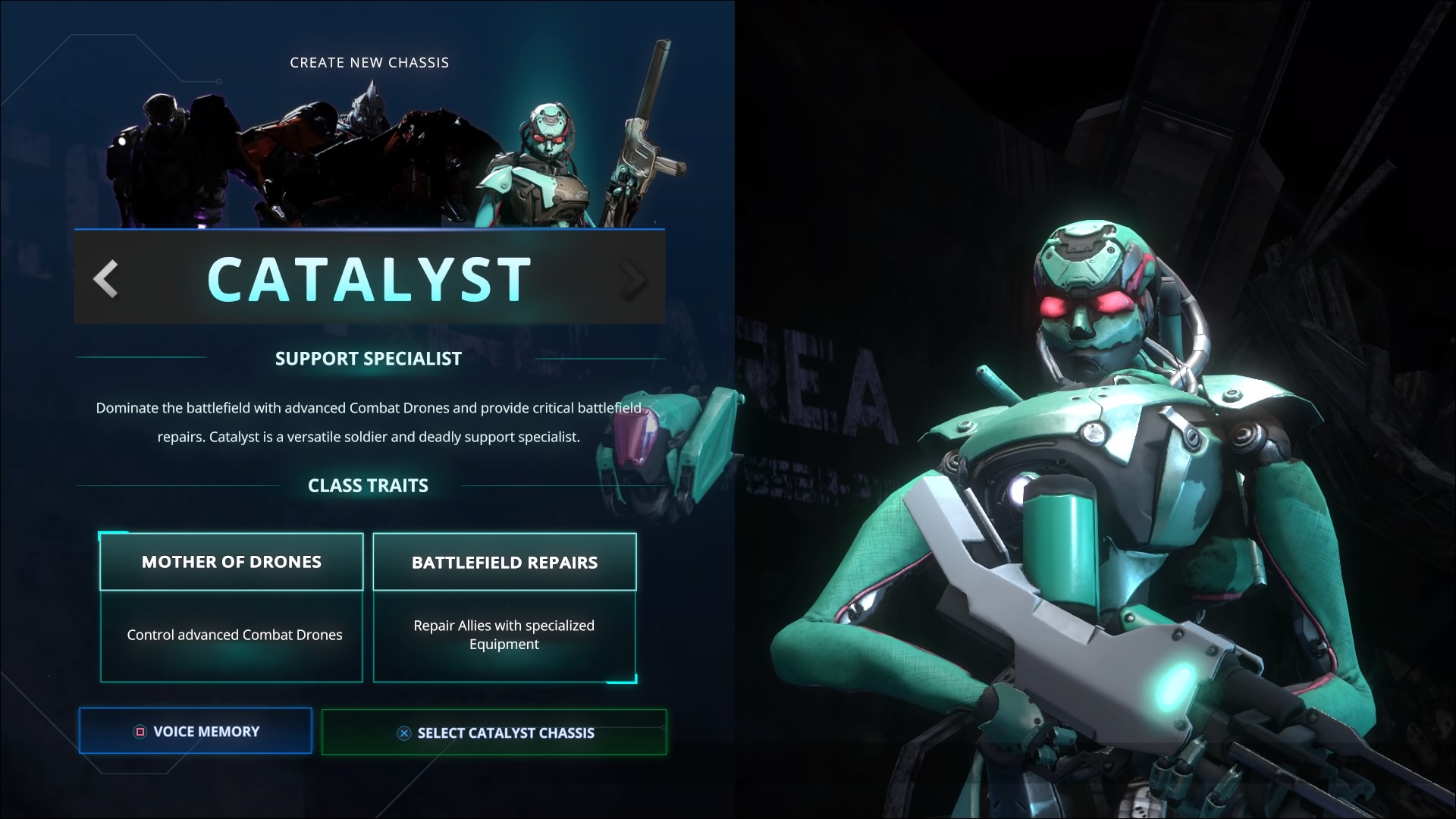
-
Livelock_20160827125339
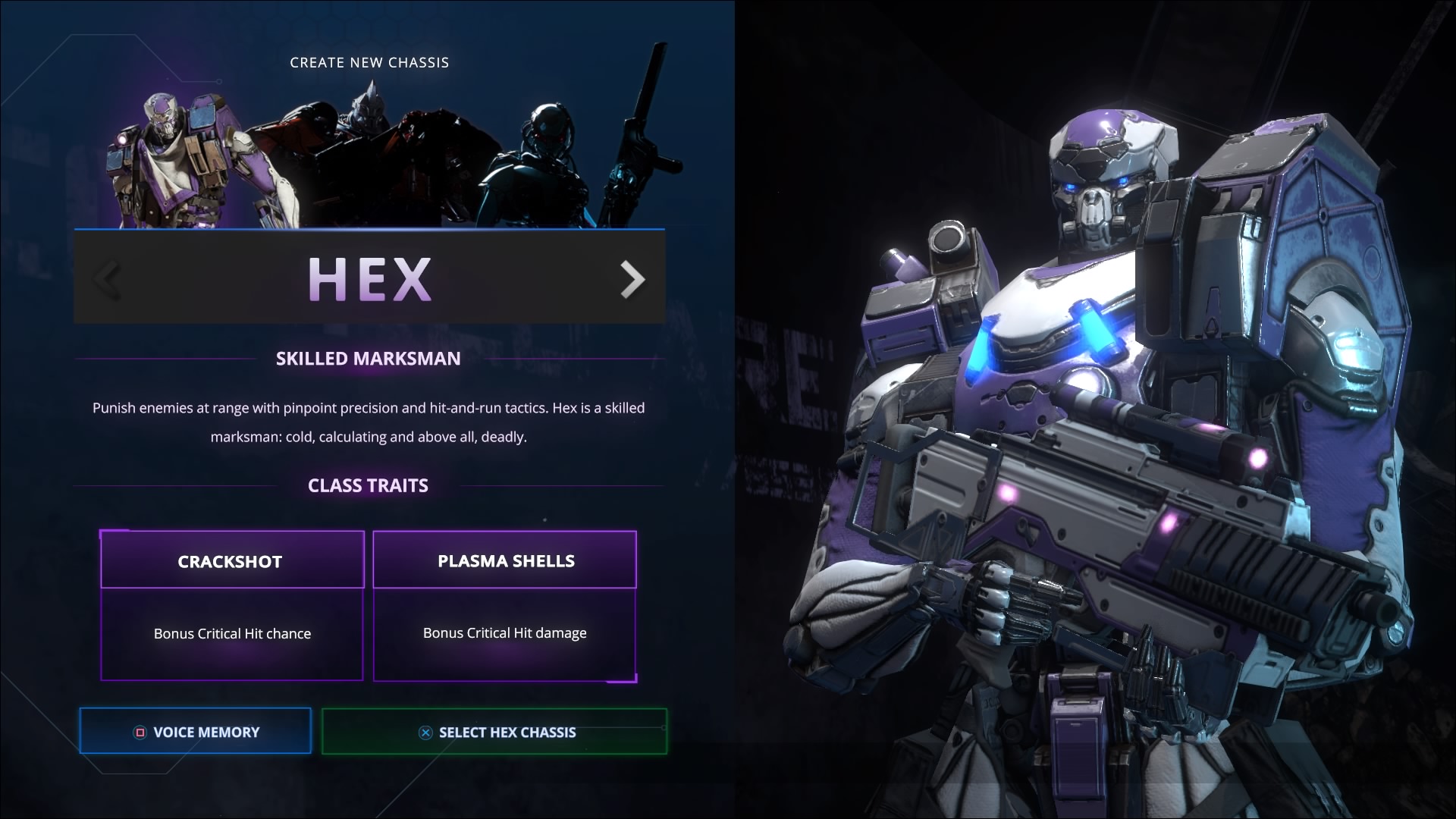
-
Livelock_20160827125450
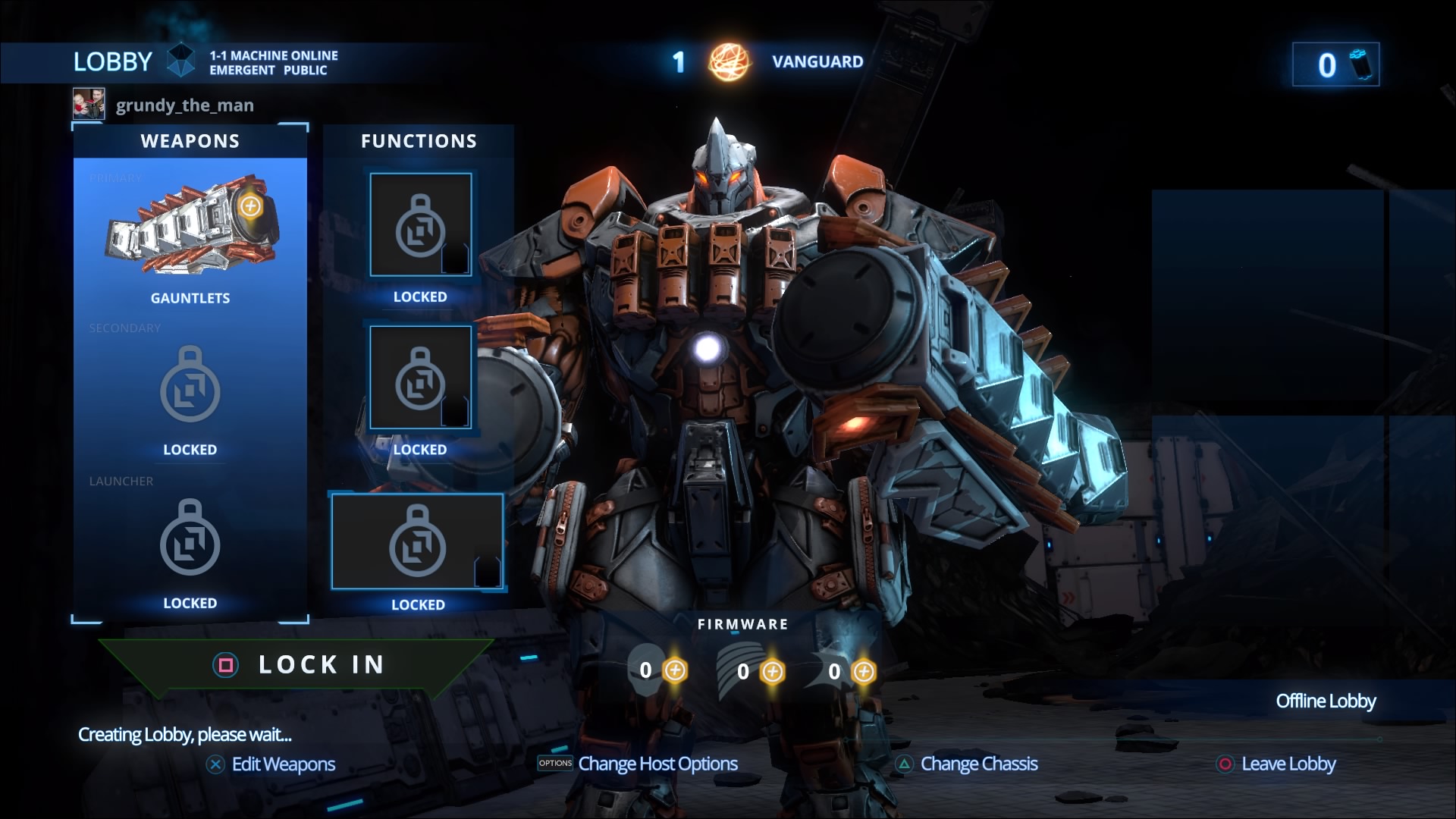
-
Livelock_20160827125622
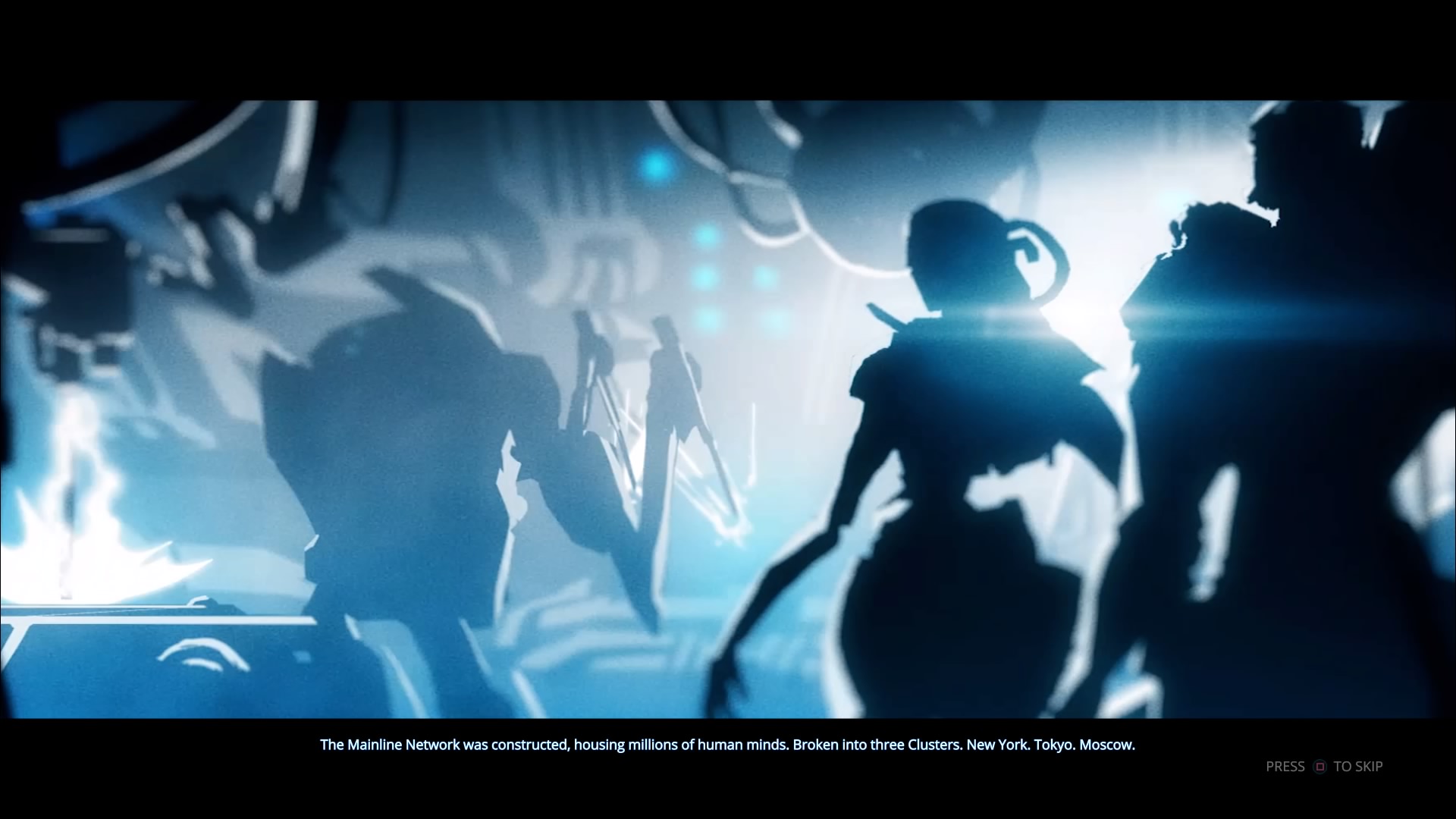
-
Livelock_20160827125637
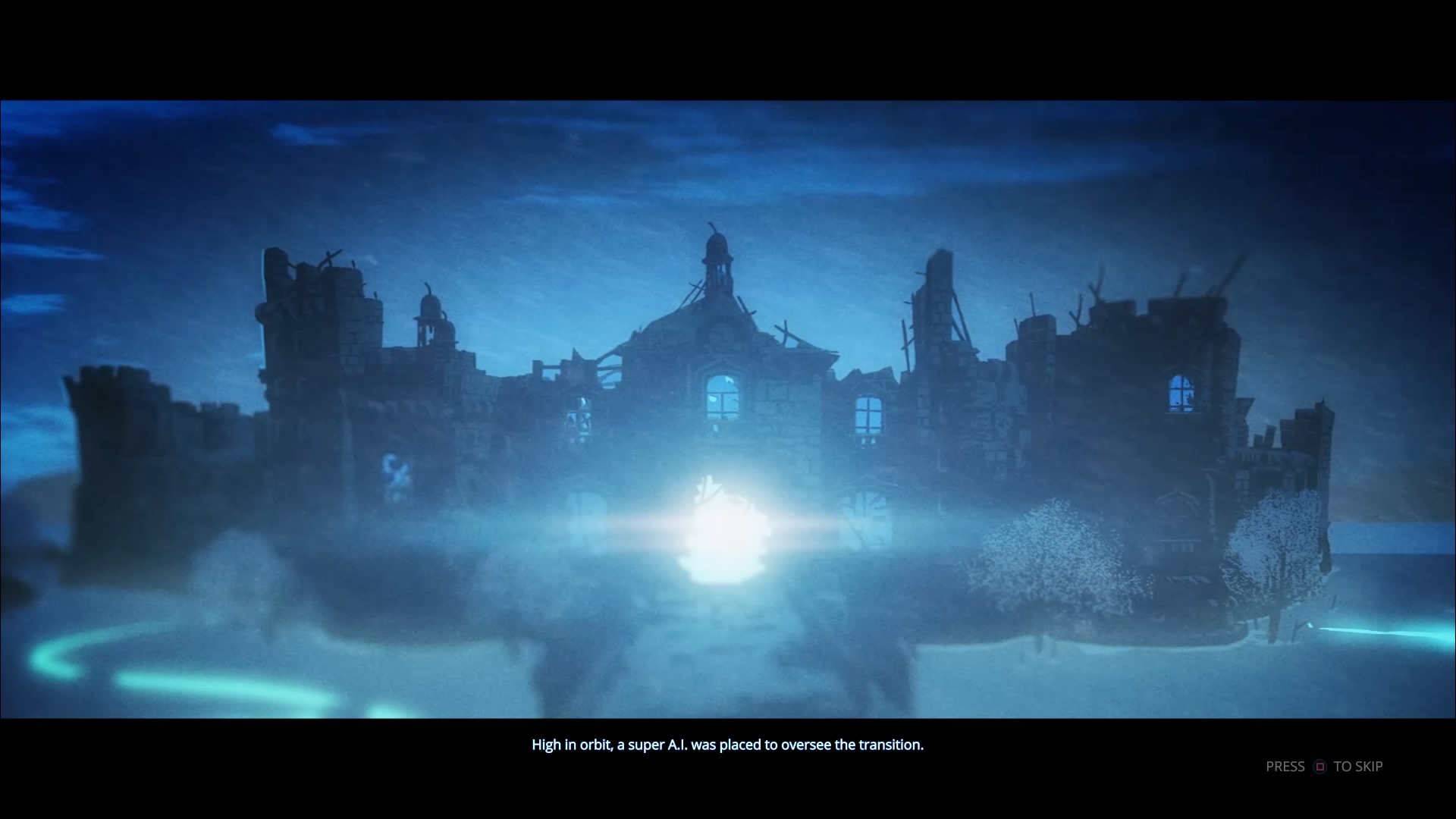
-
Livelock_20160827125725
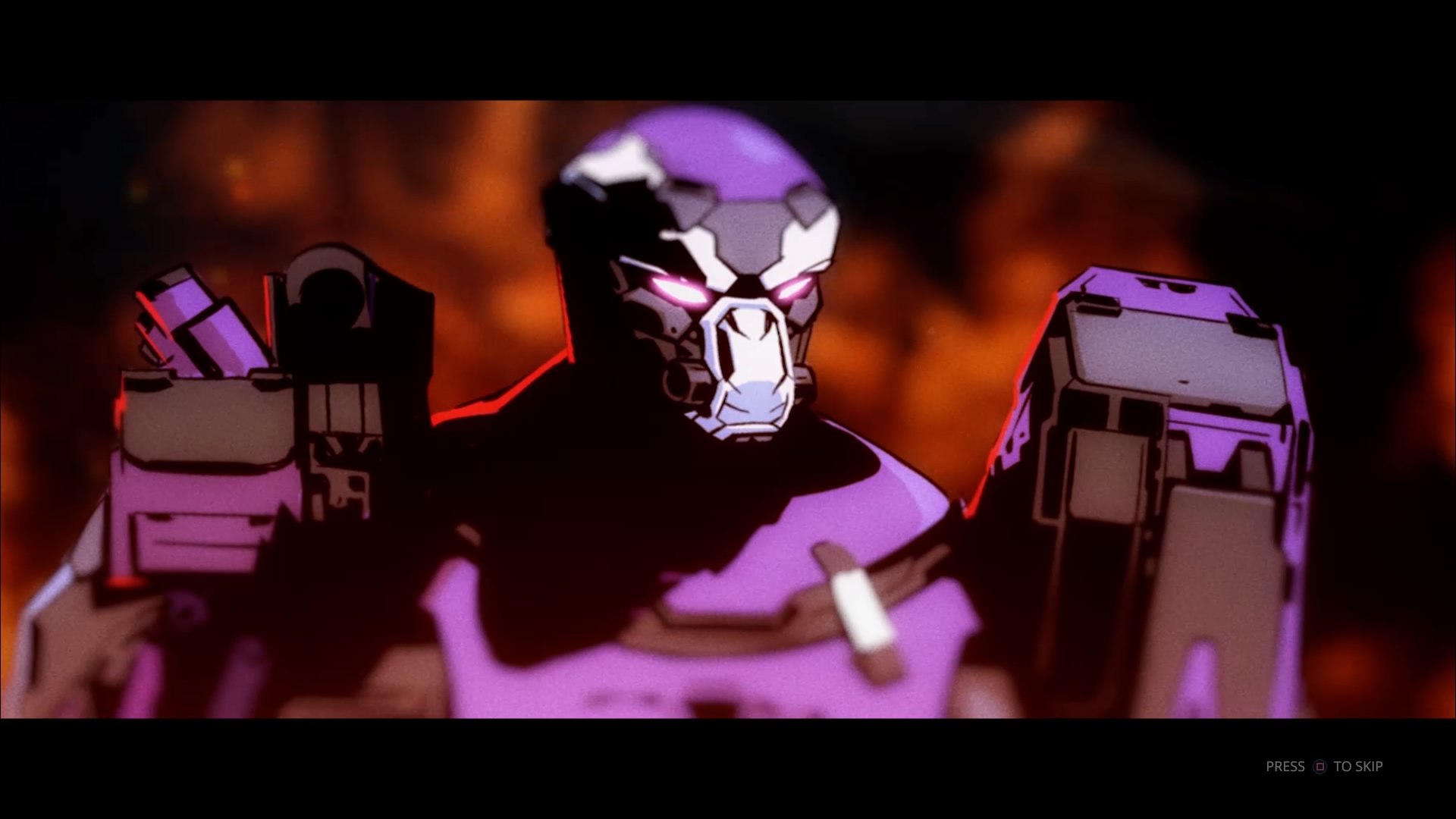
-
Livelock_20160827125729
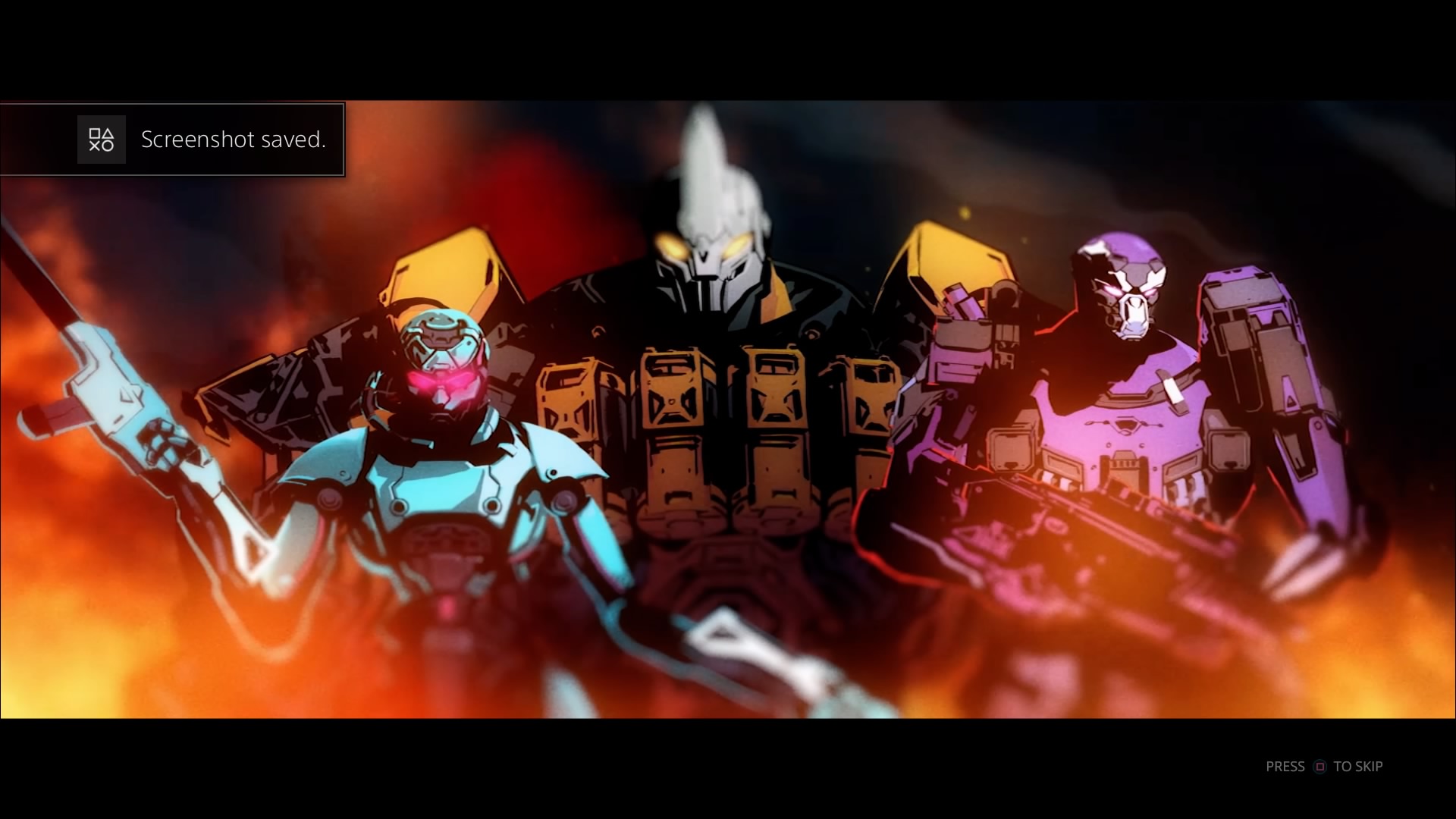
-
Livelock_20160827125755
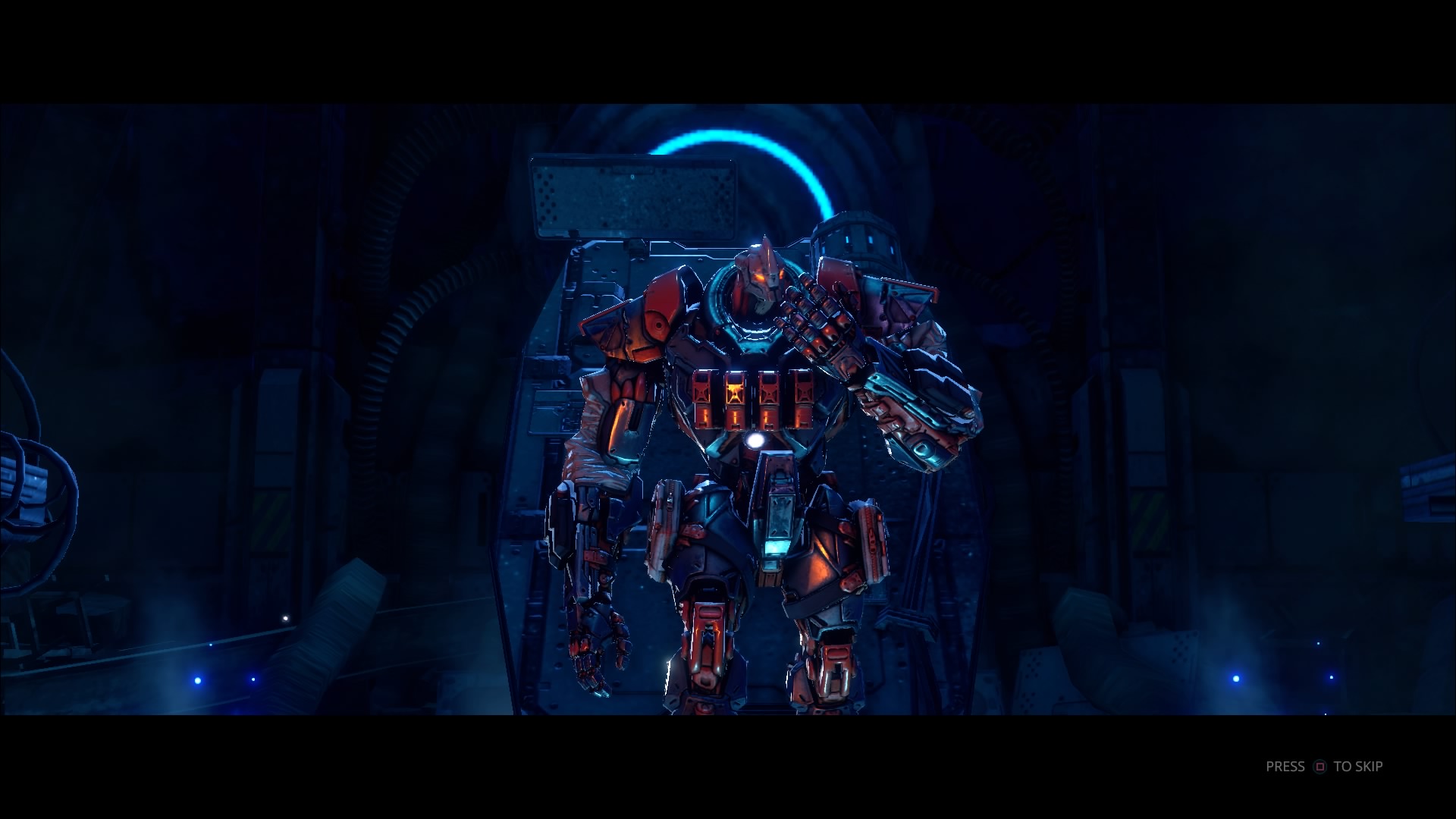
-
Livelock_20160827125808
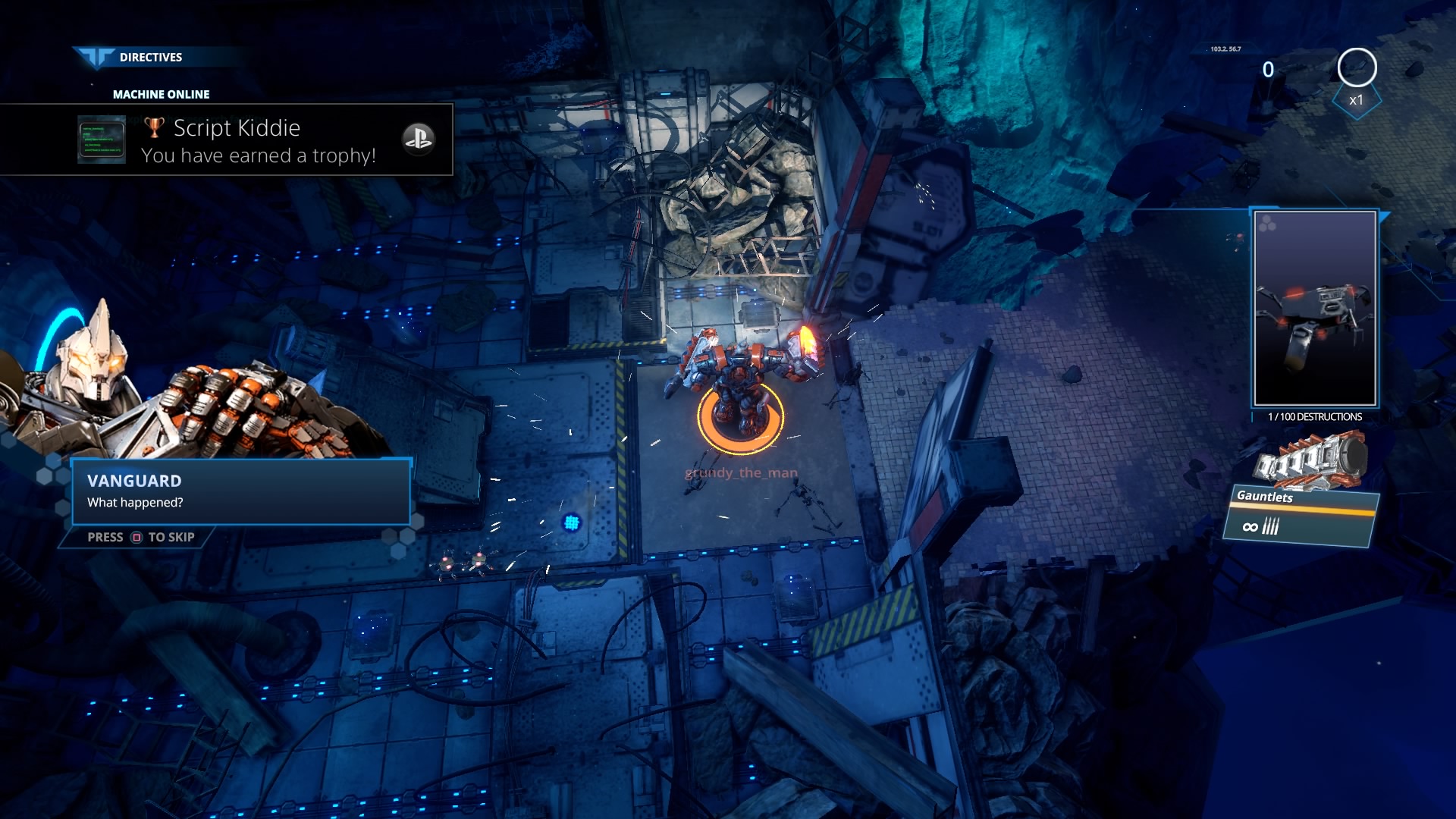
-
Livelock_20160827125832
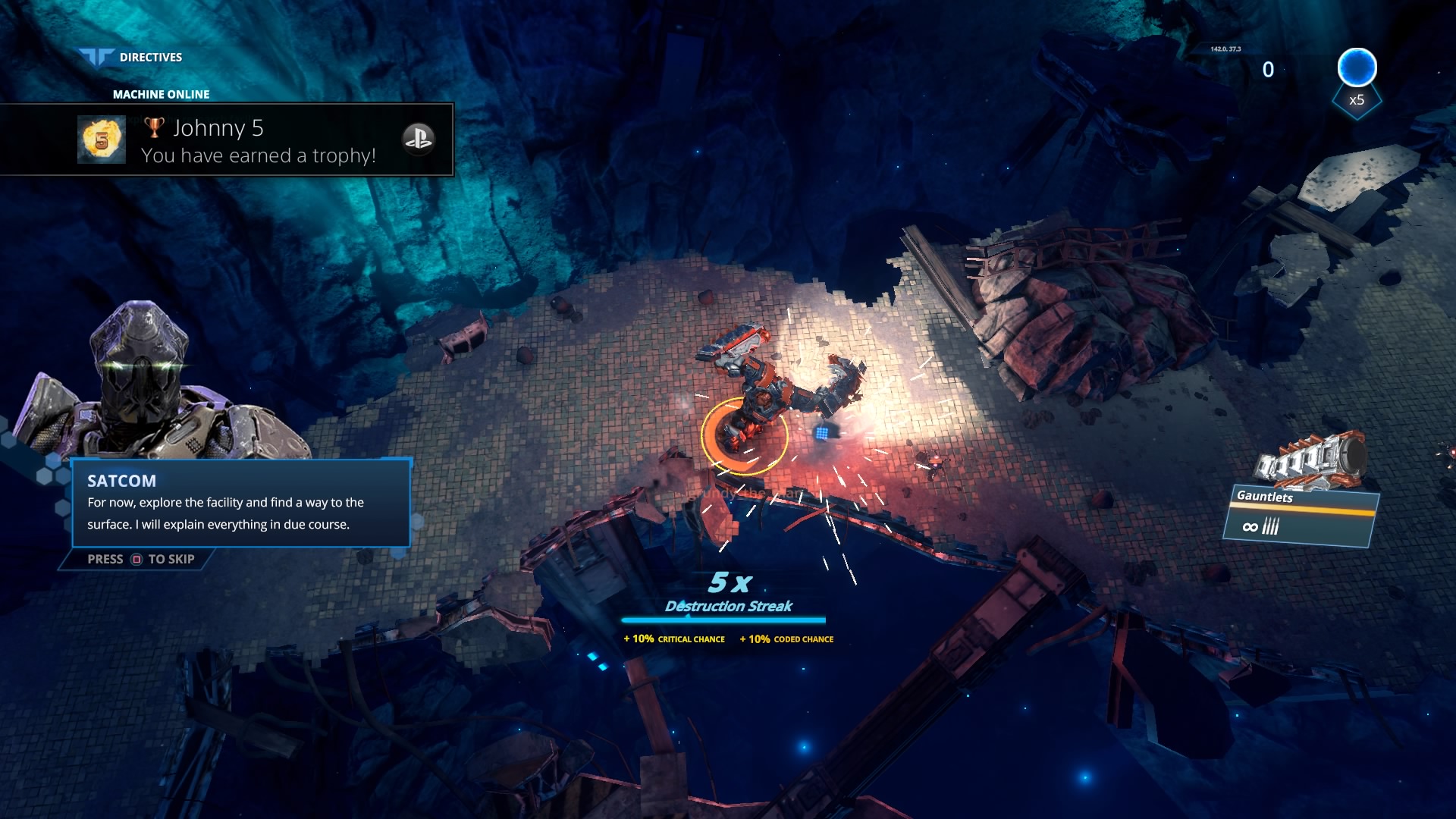
-
Livelock_20160827130043
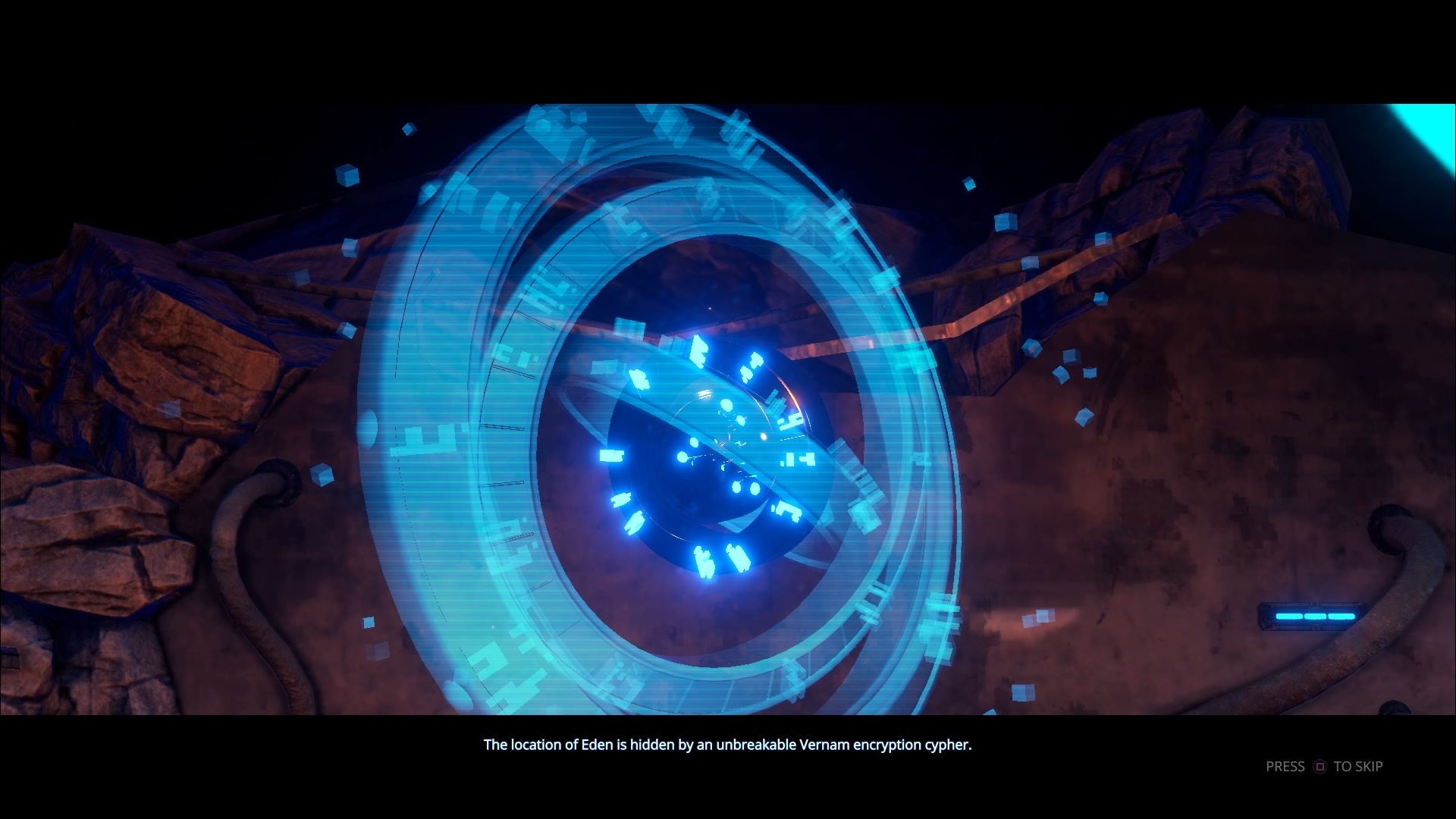
-
Livelock_20160827130230
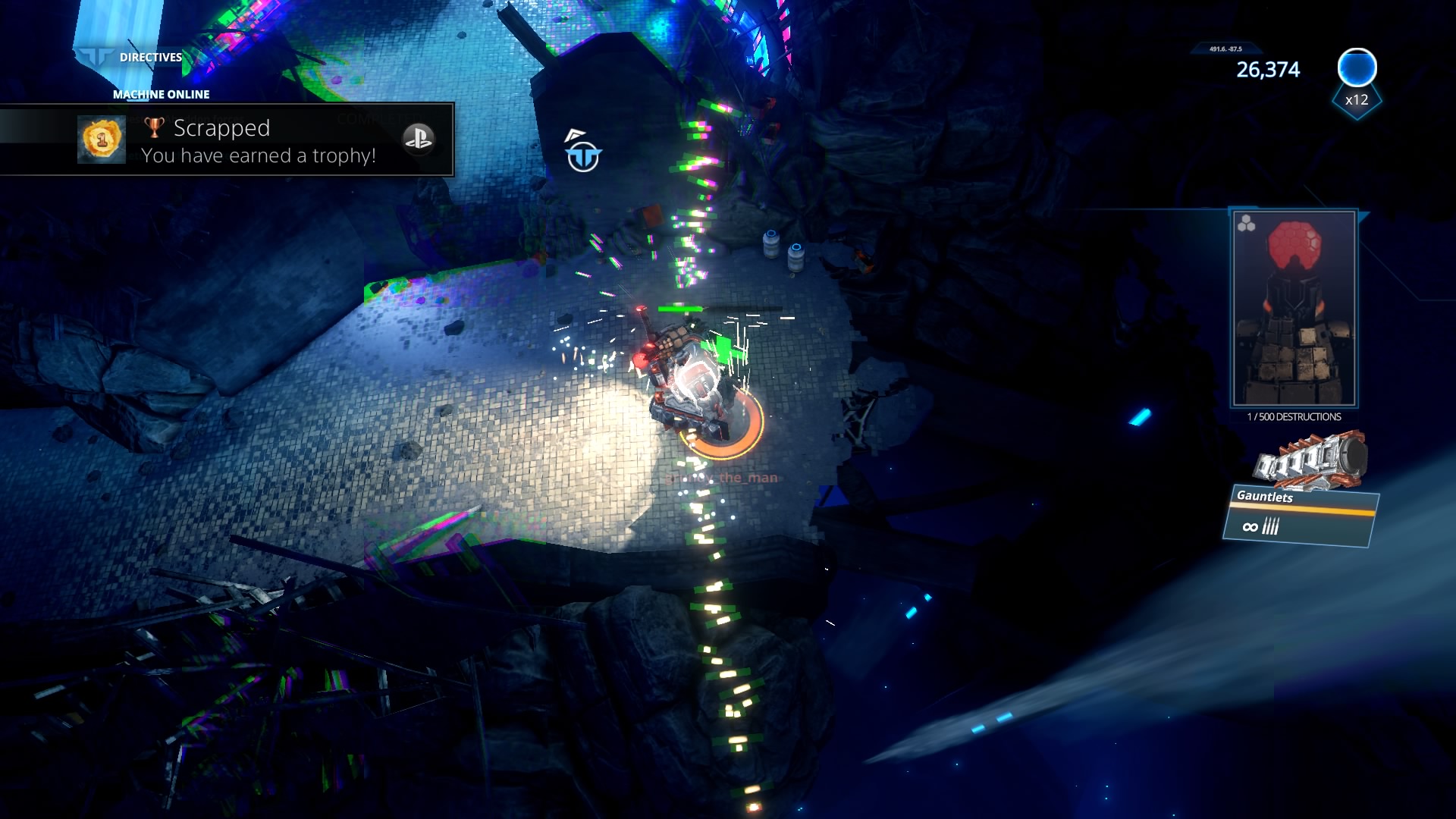
-
Livelock_20160827130940
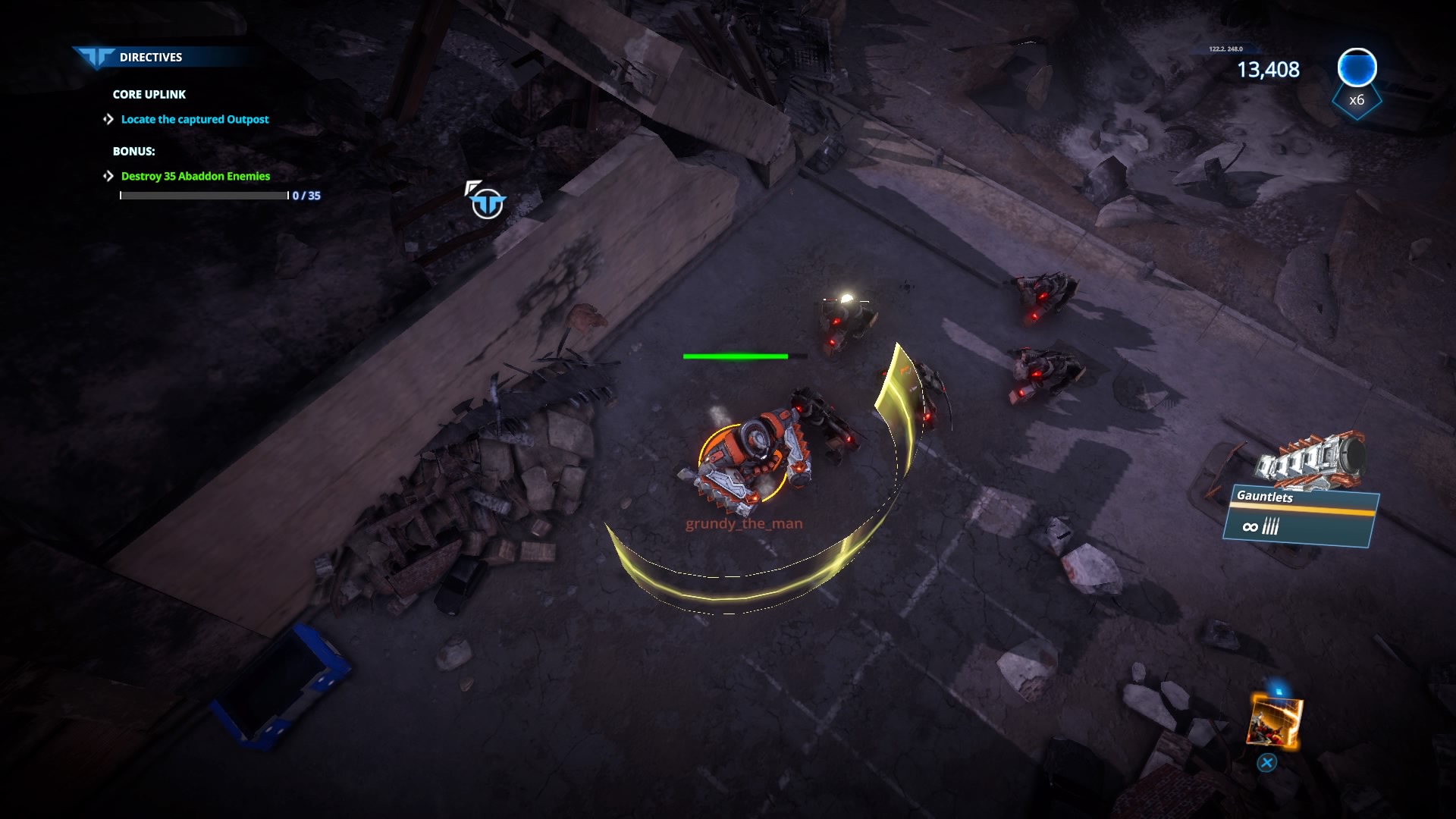
-
Livelock_20160827131046
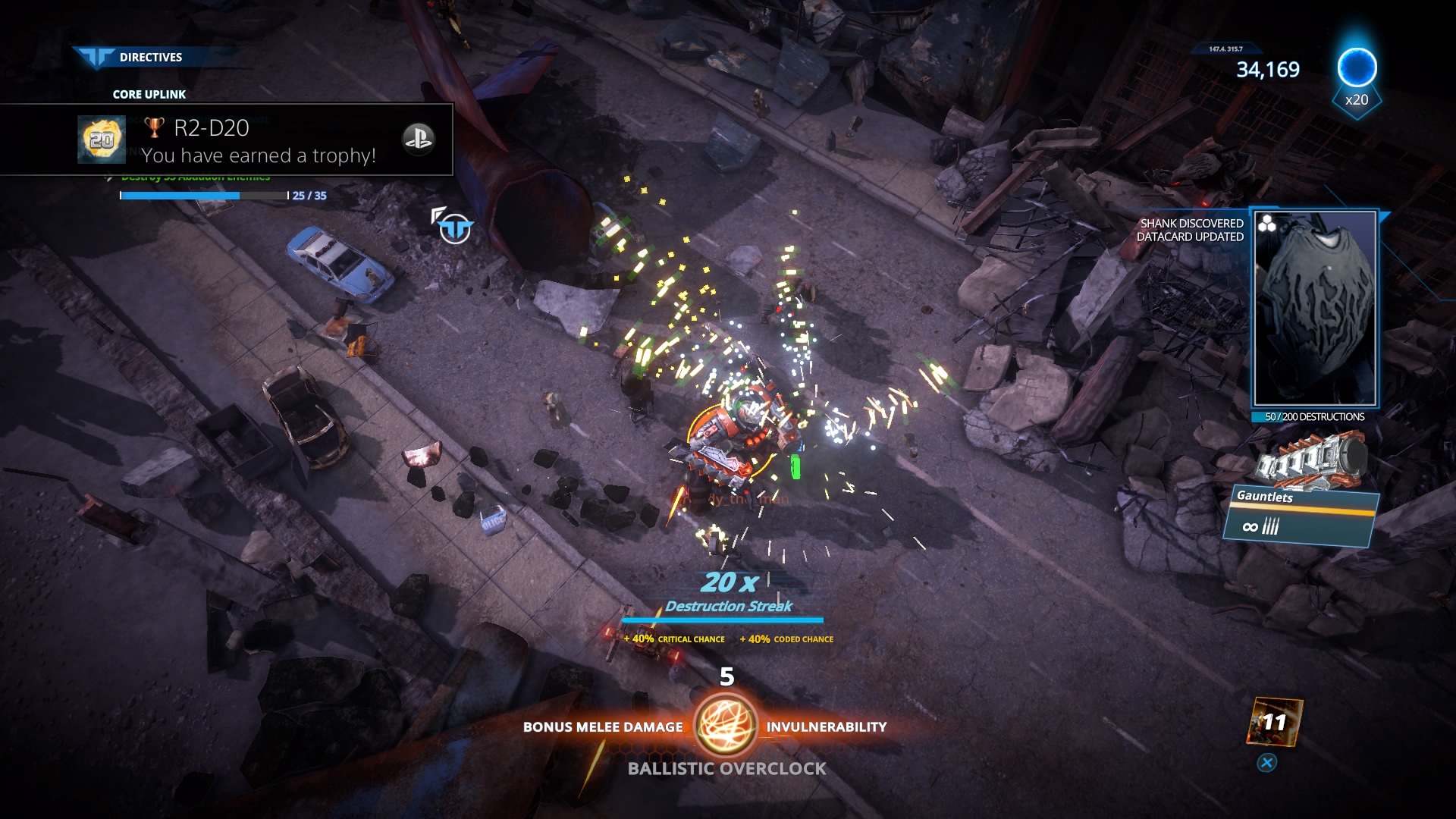
-
Livelock_20160827131052
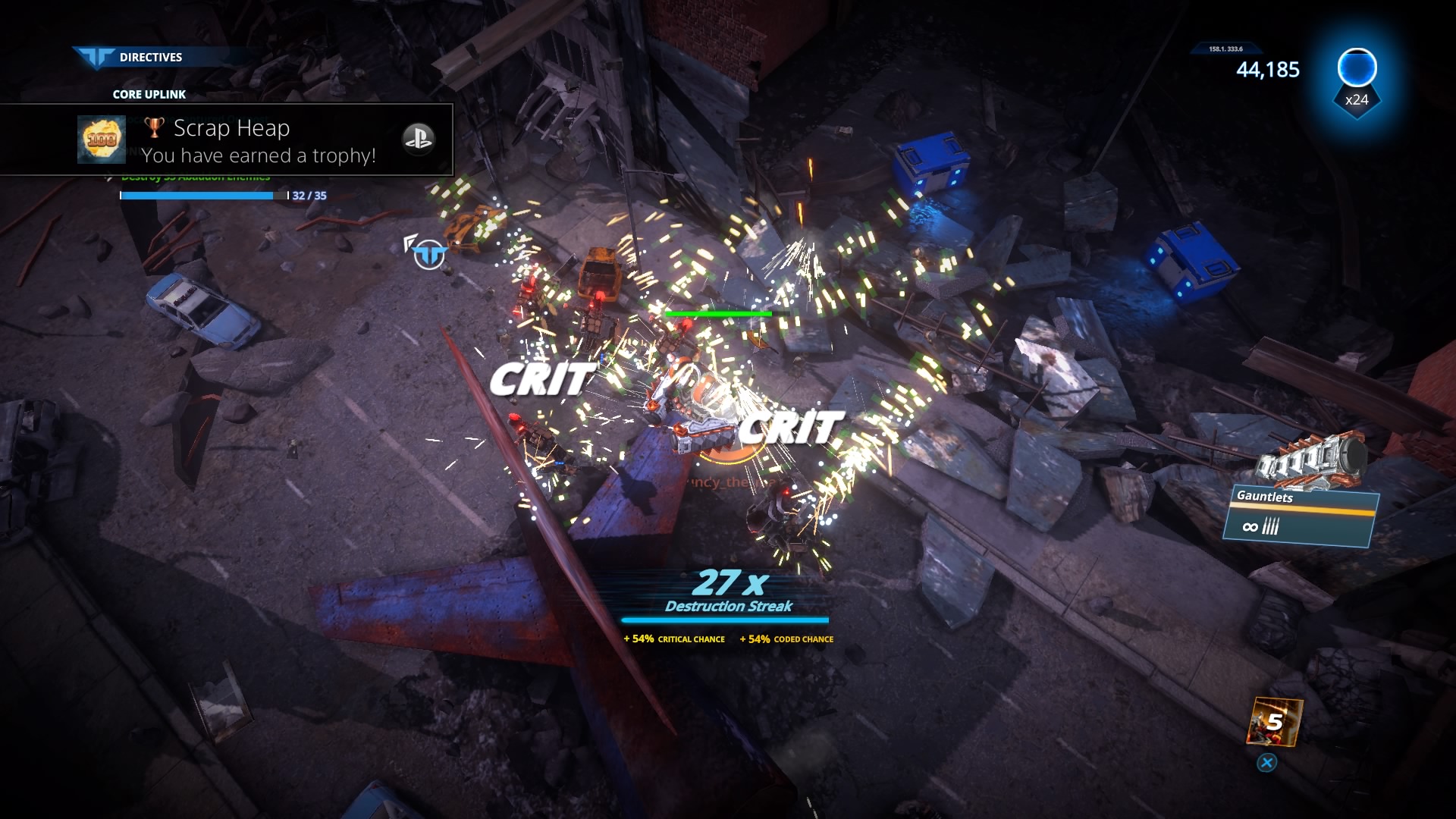
-
Livelock_20160827131057
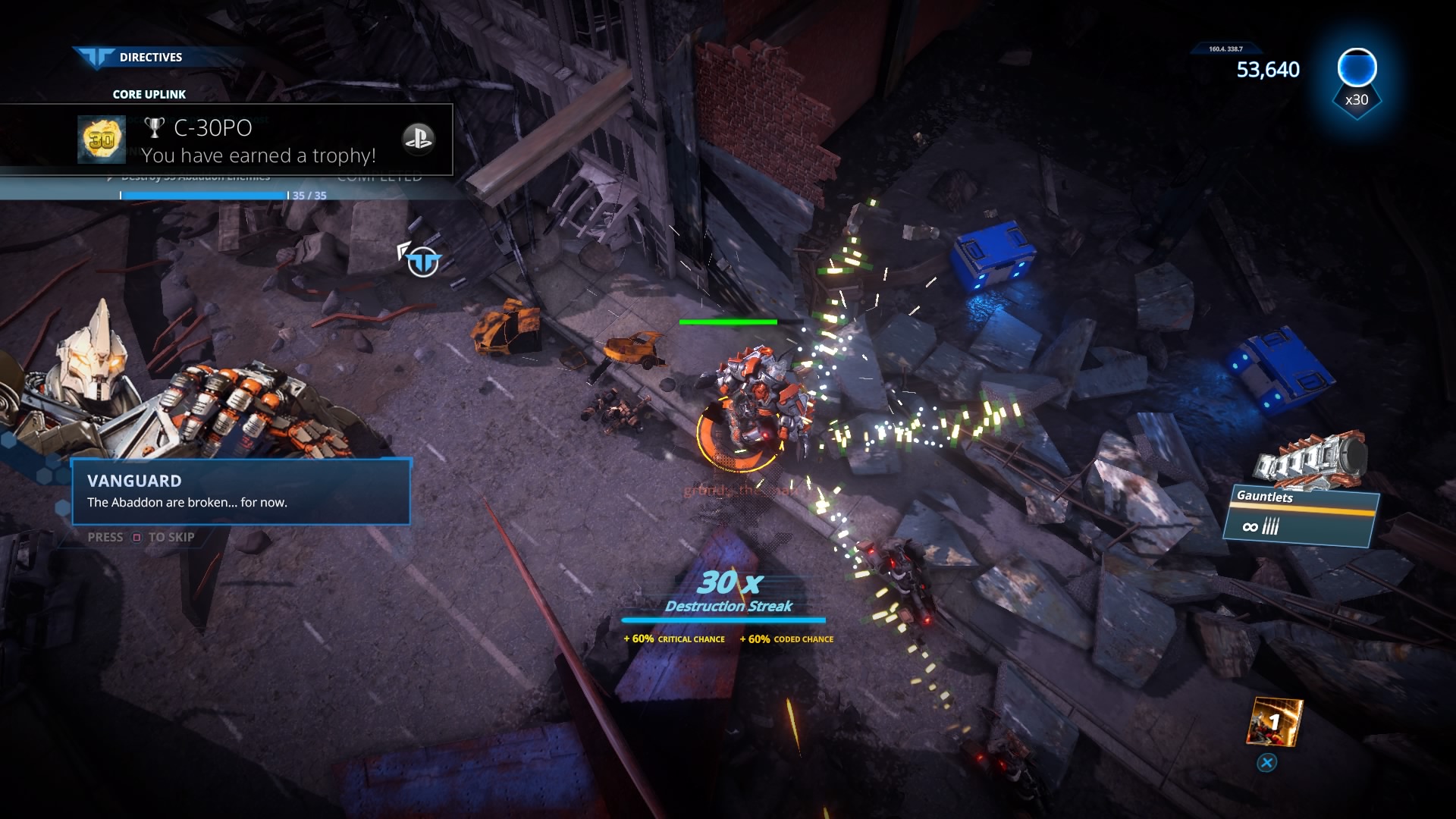
-
Livelock_20160827131222
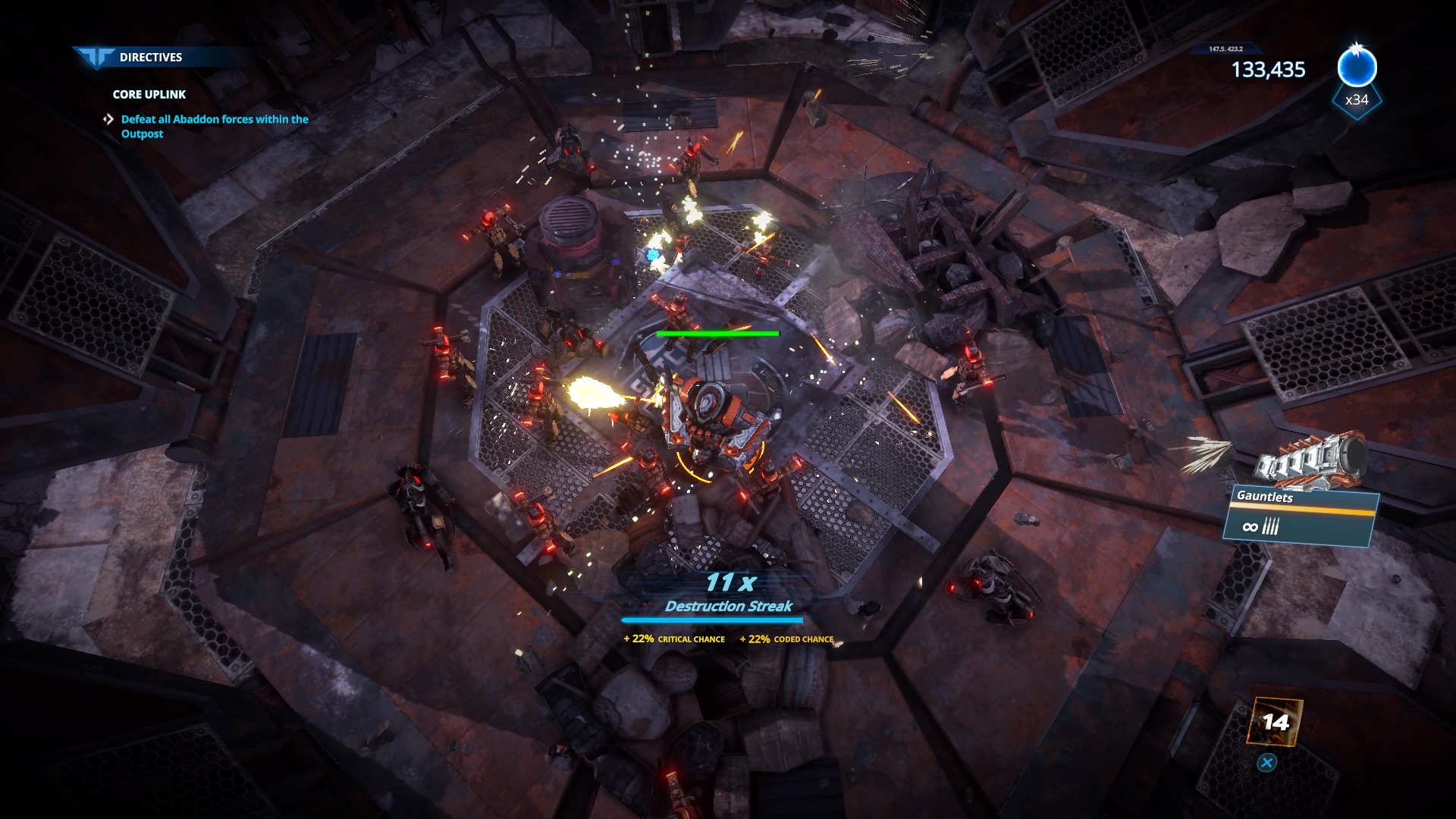
-
Livelock_20160827131644
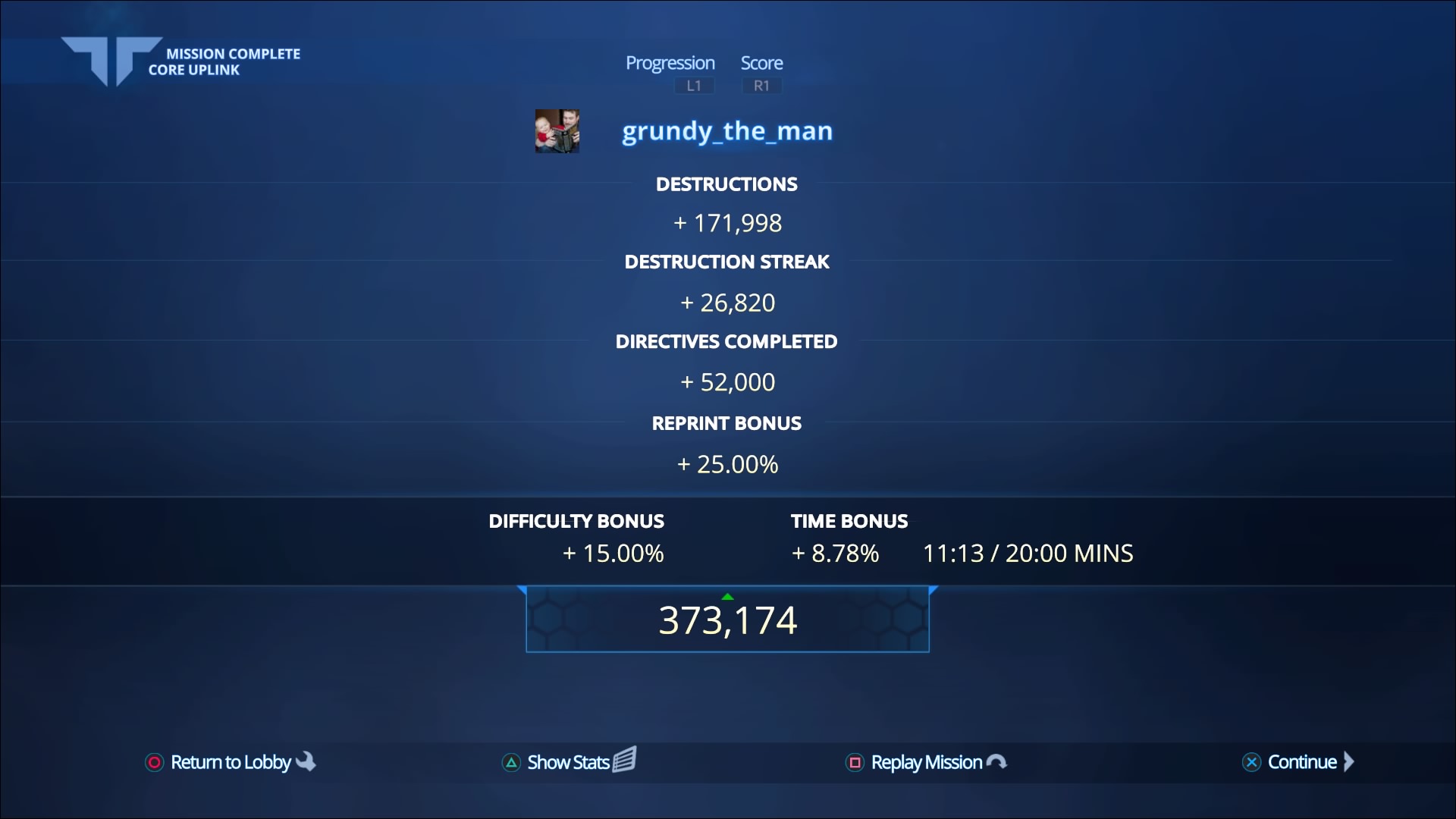
-
Livelock_20160827132856
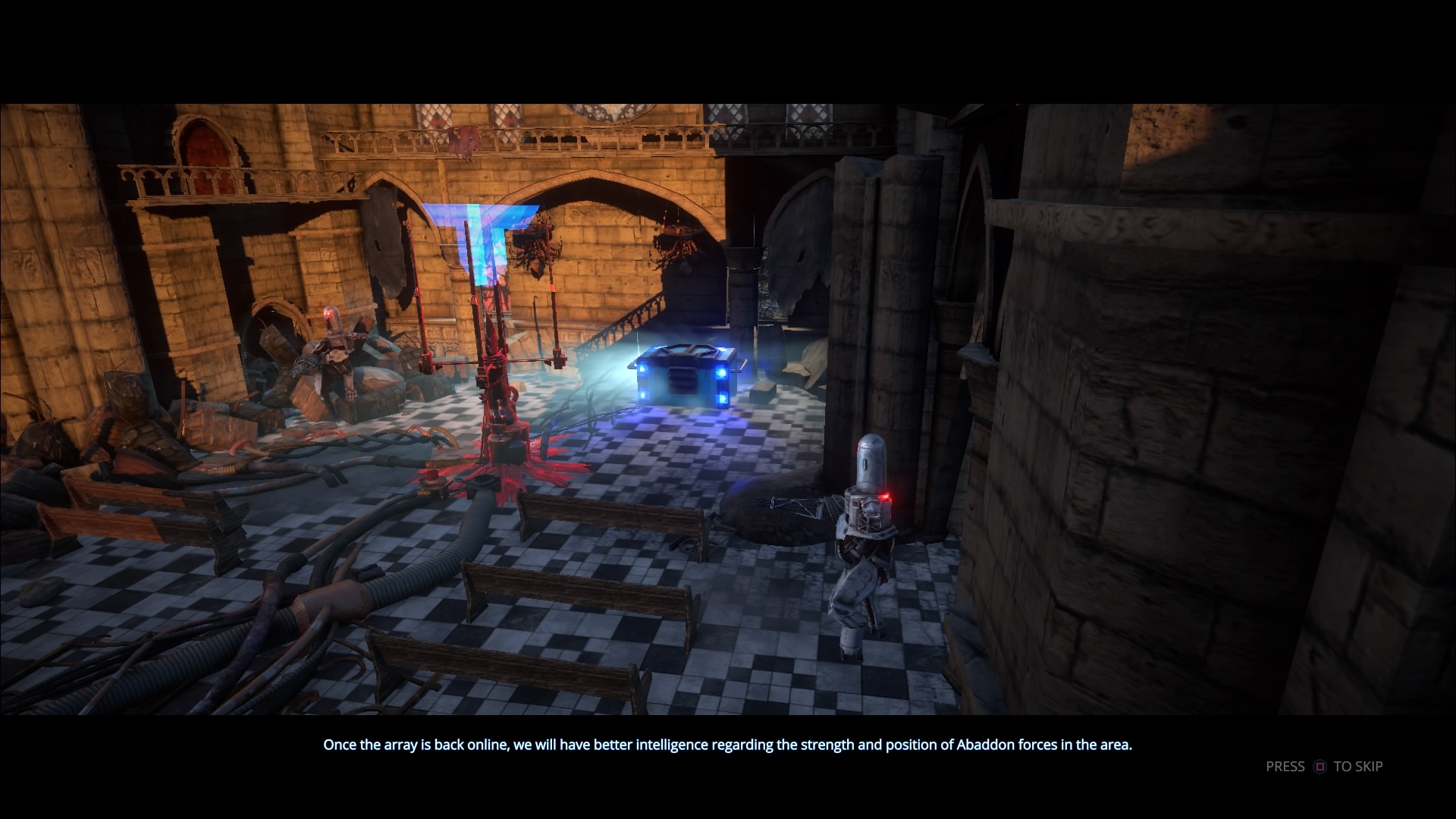
-
Livelock_20160827134116
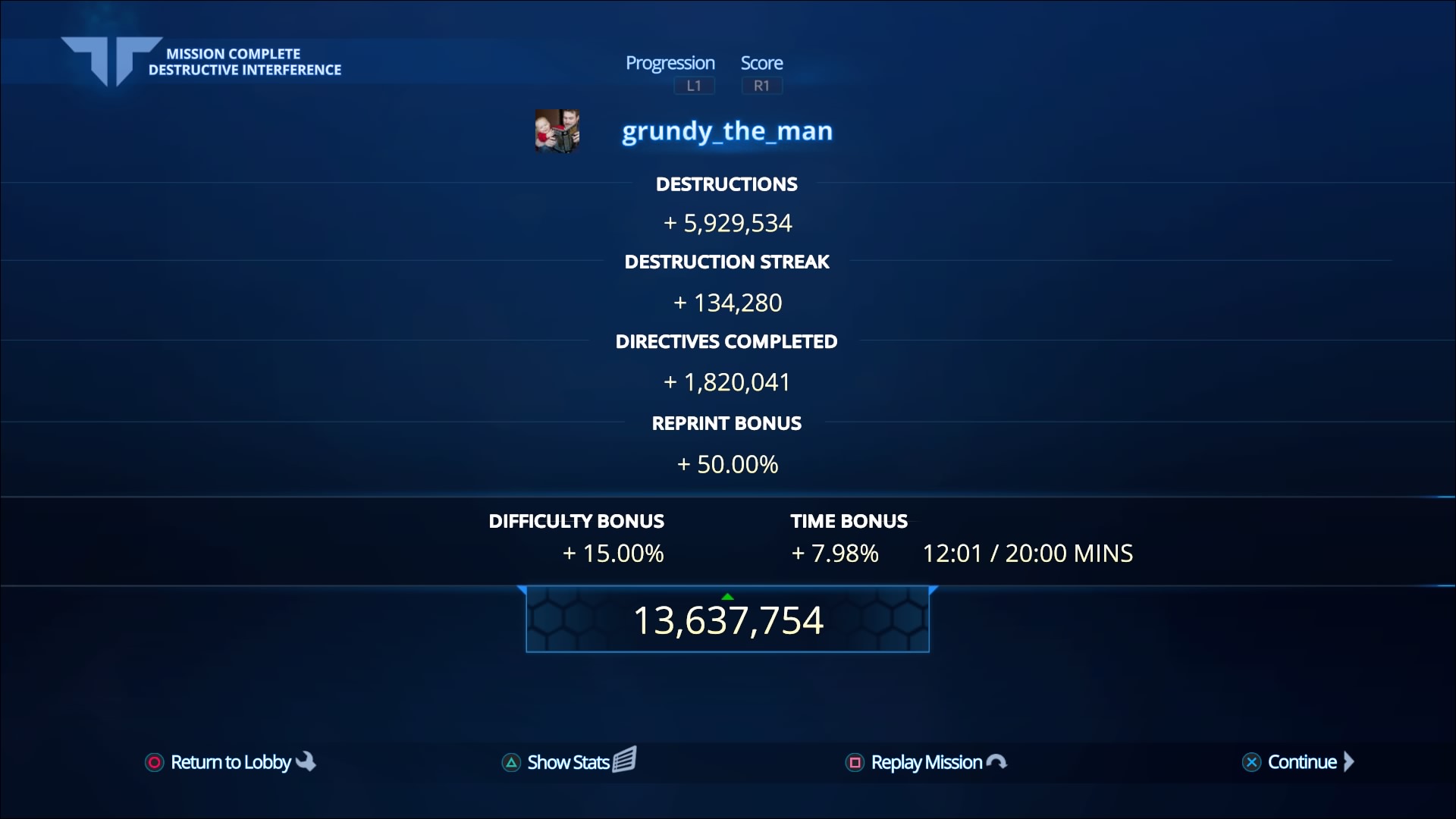
-
Livelock_20160827134155
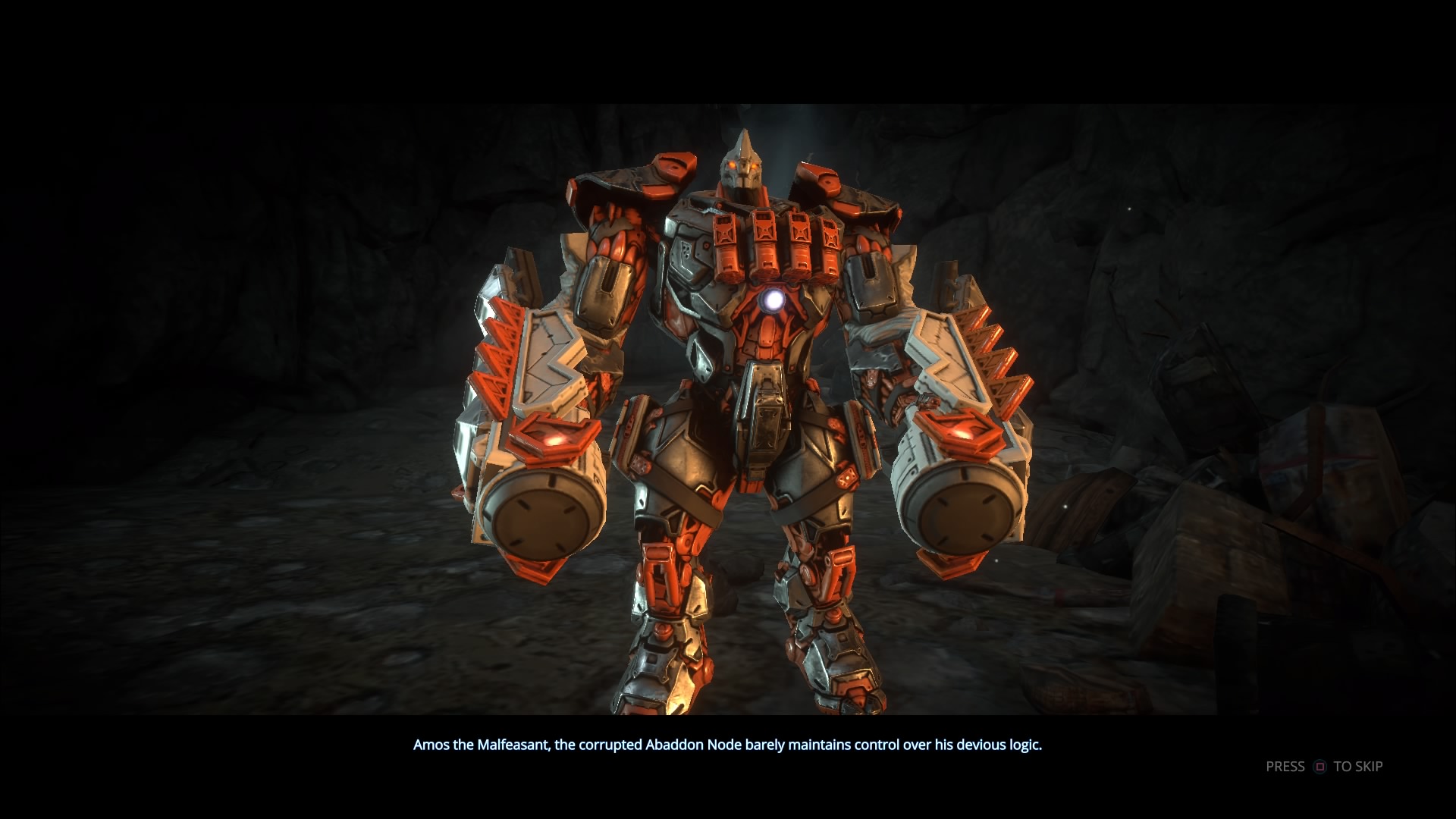
-
Livelock_20160827135128
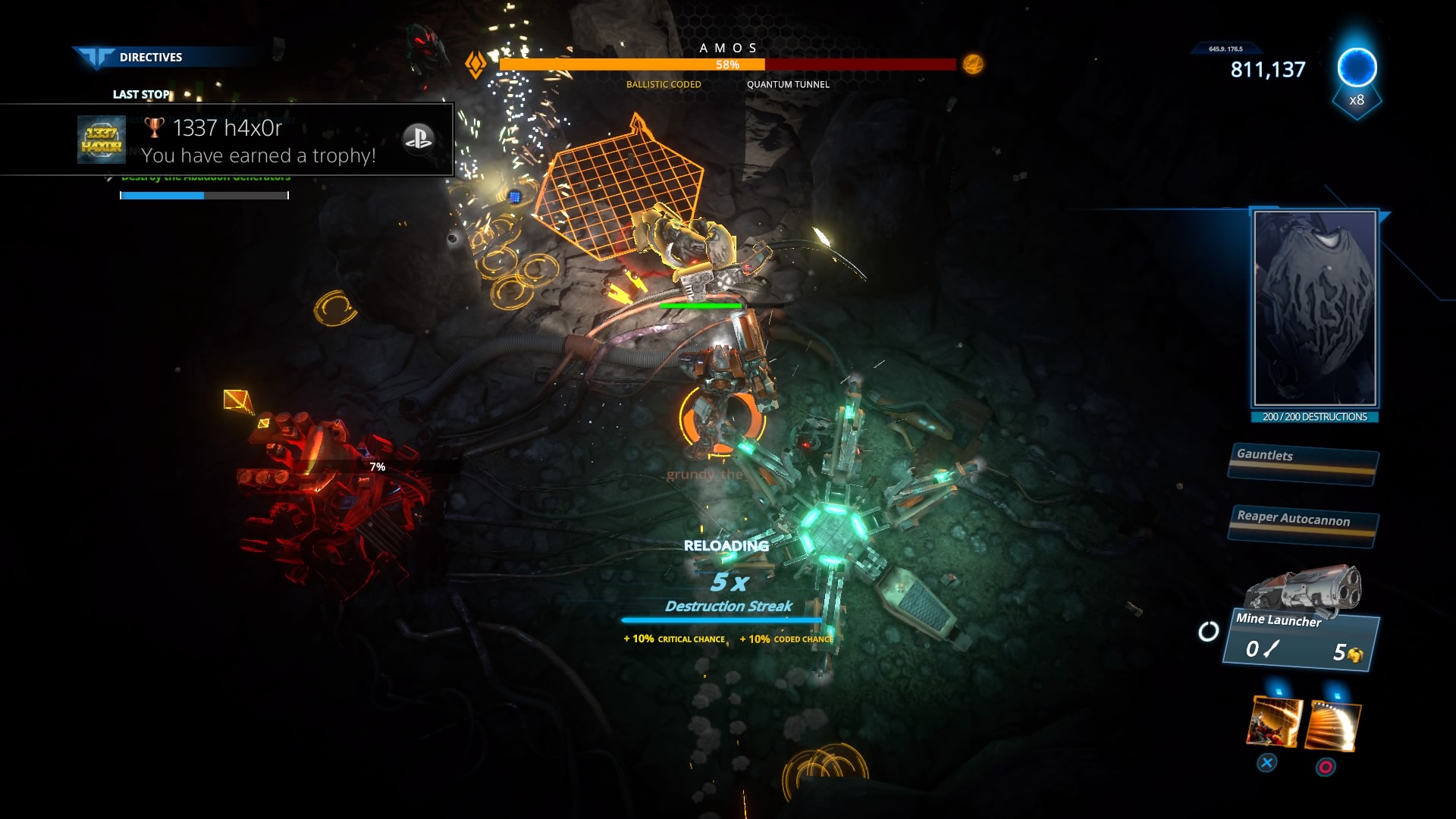
-
Livelock_20160827135623
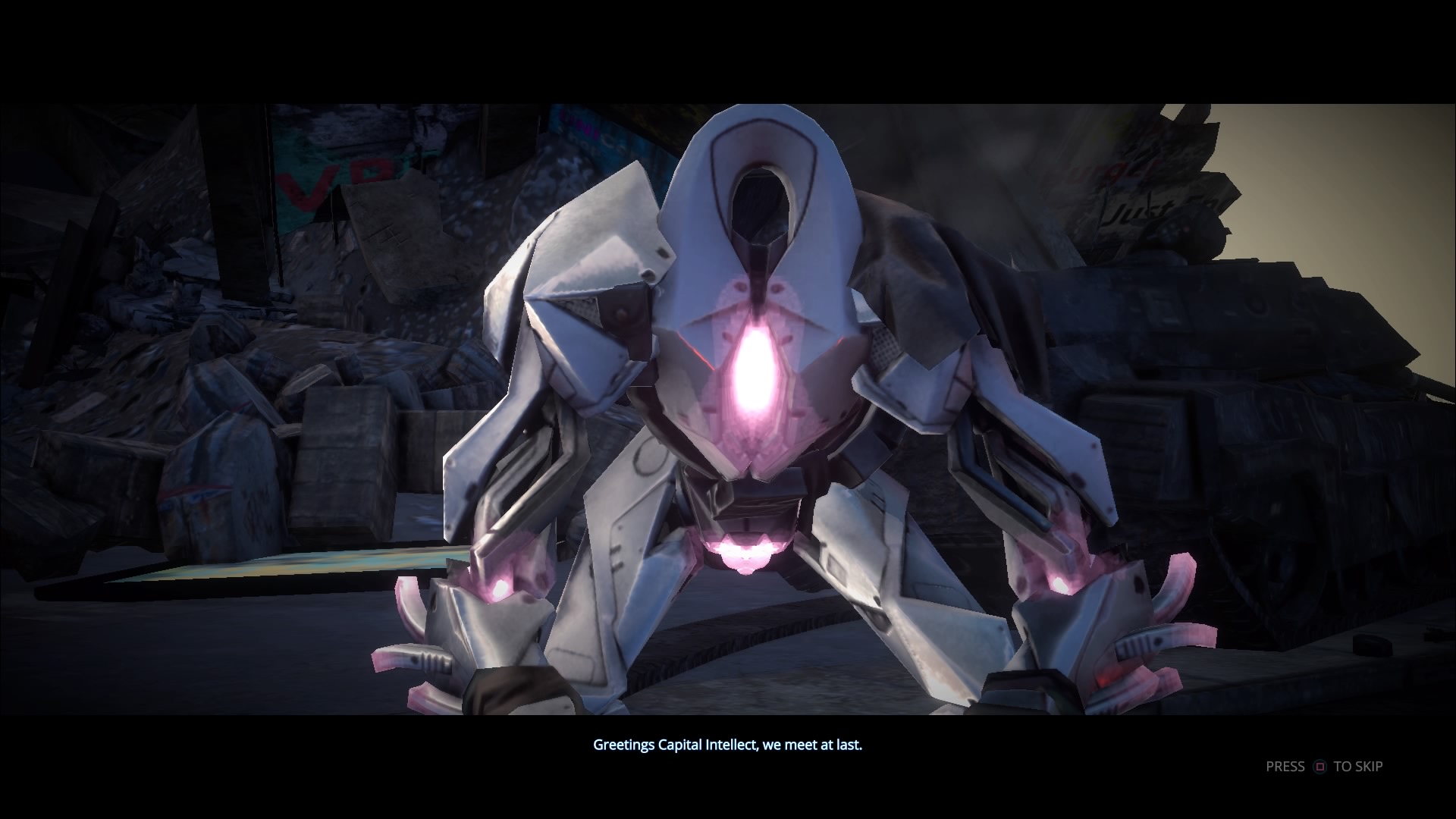
-
Livelock_20160827140330
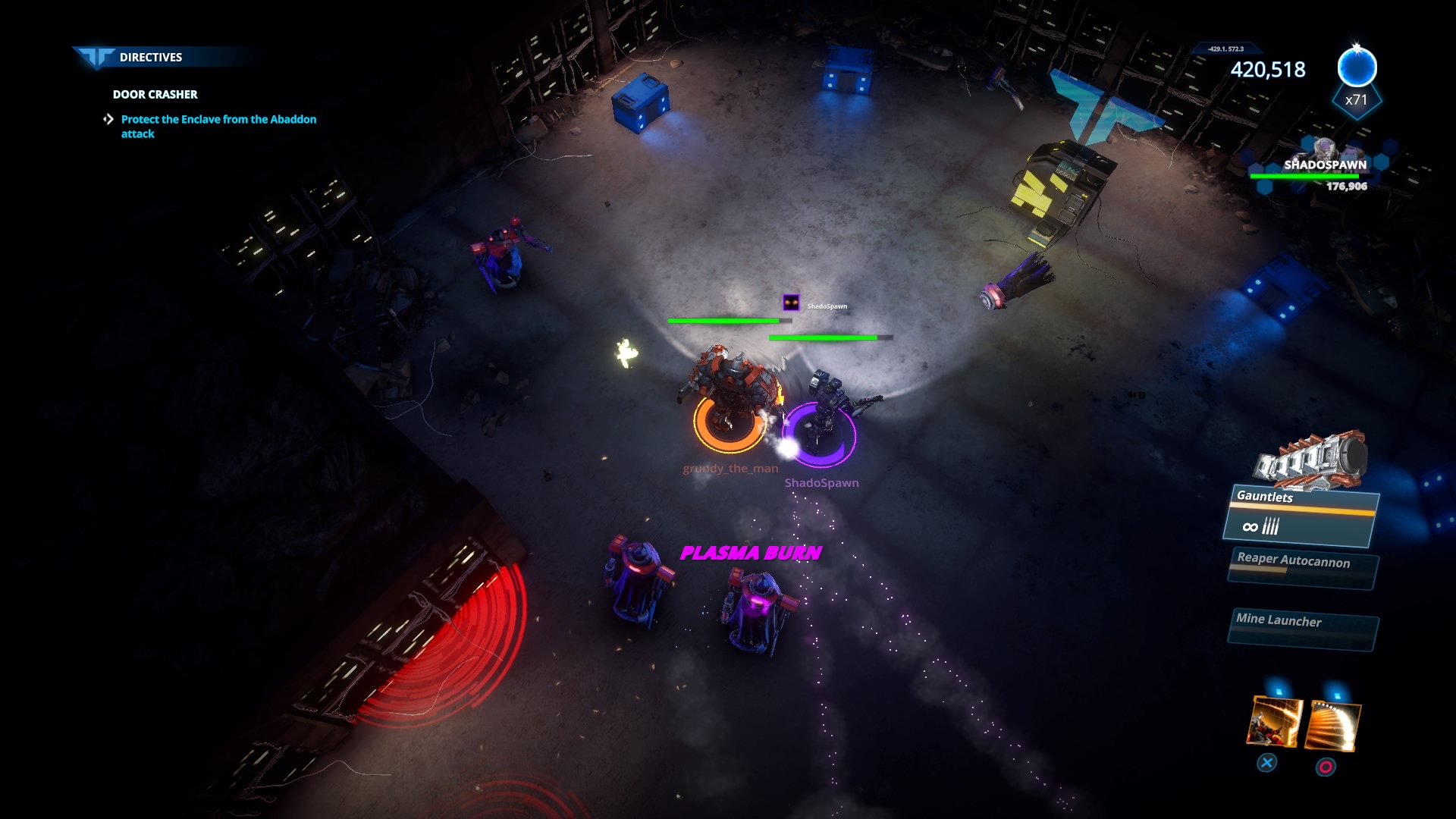
-
Livelock_20160827140619
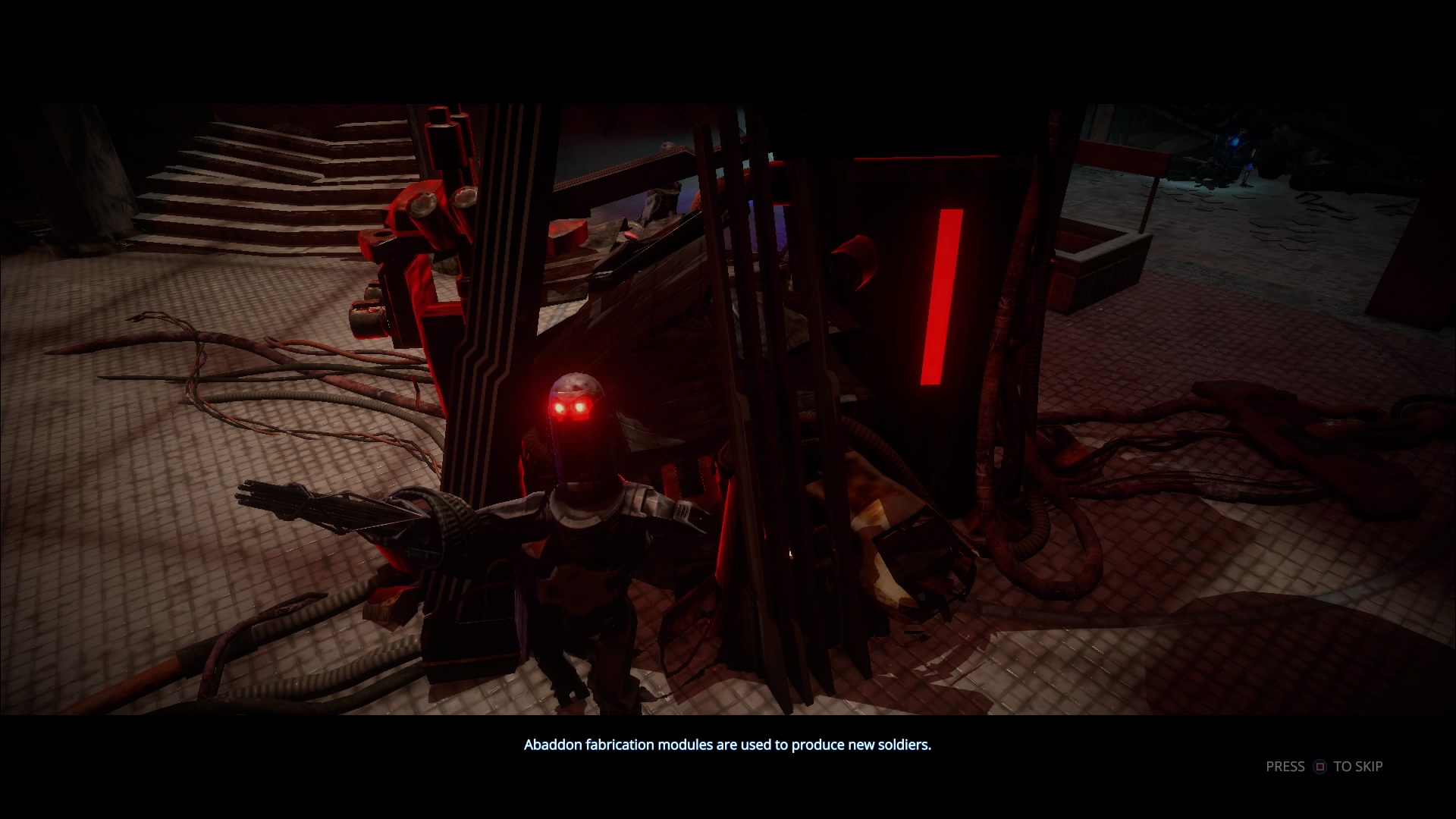
-
Livelock_20160827140853
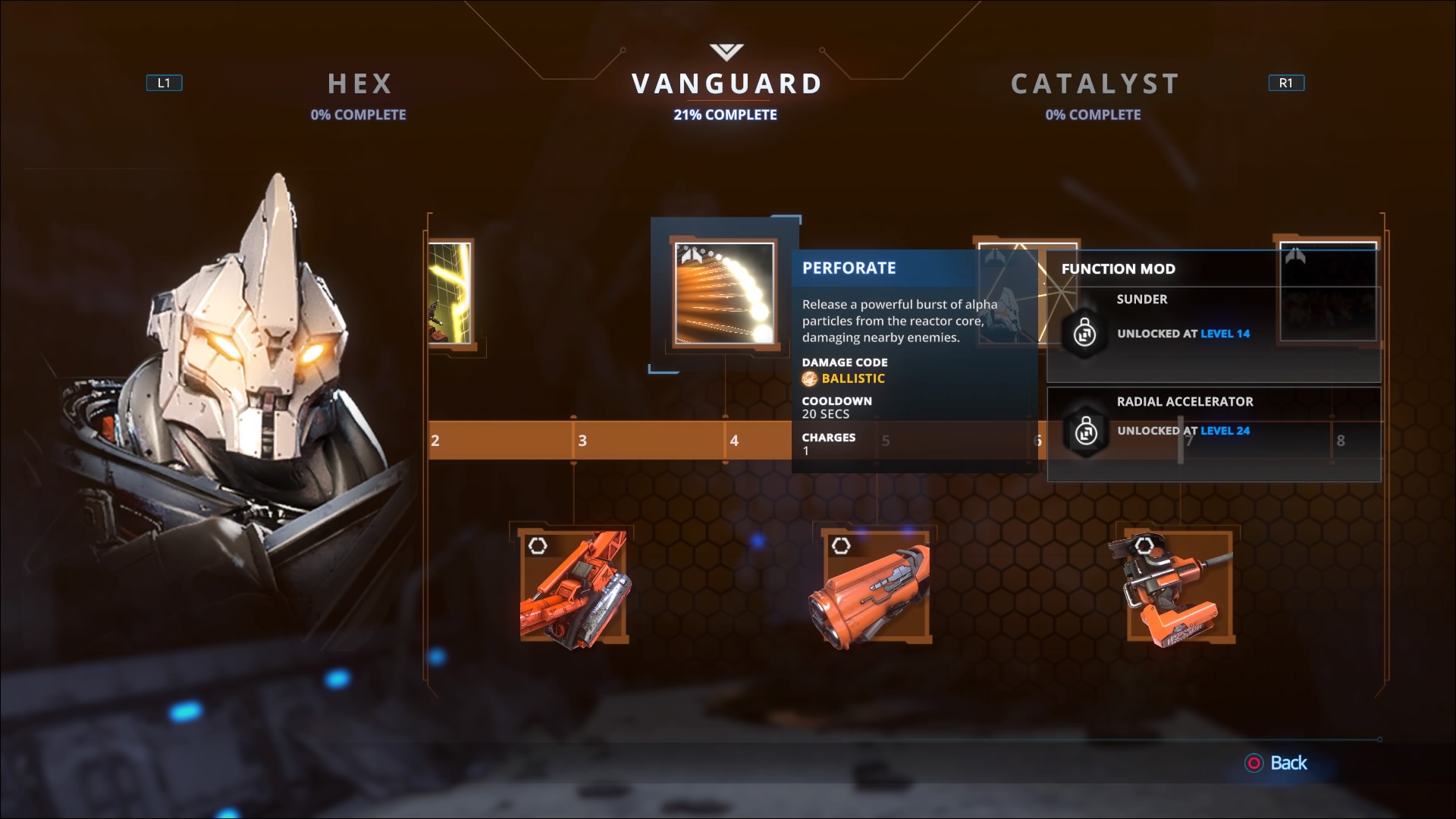
-
Livelock_20160827140904
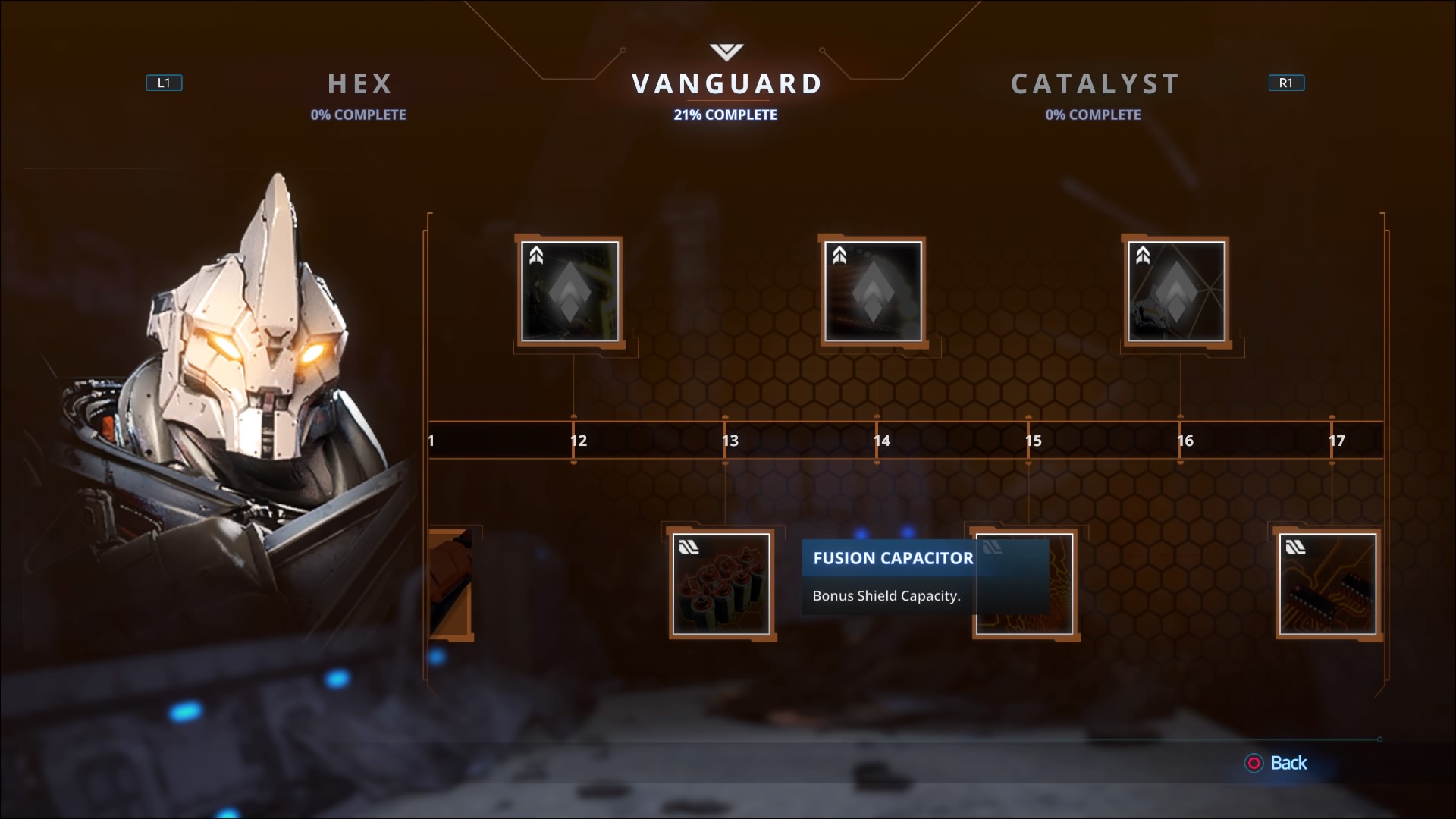
-
Livelock_20160827214913
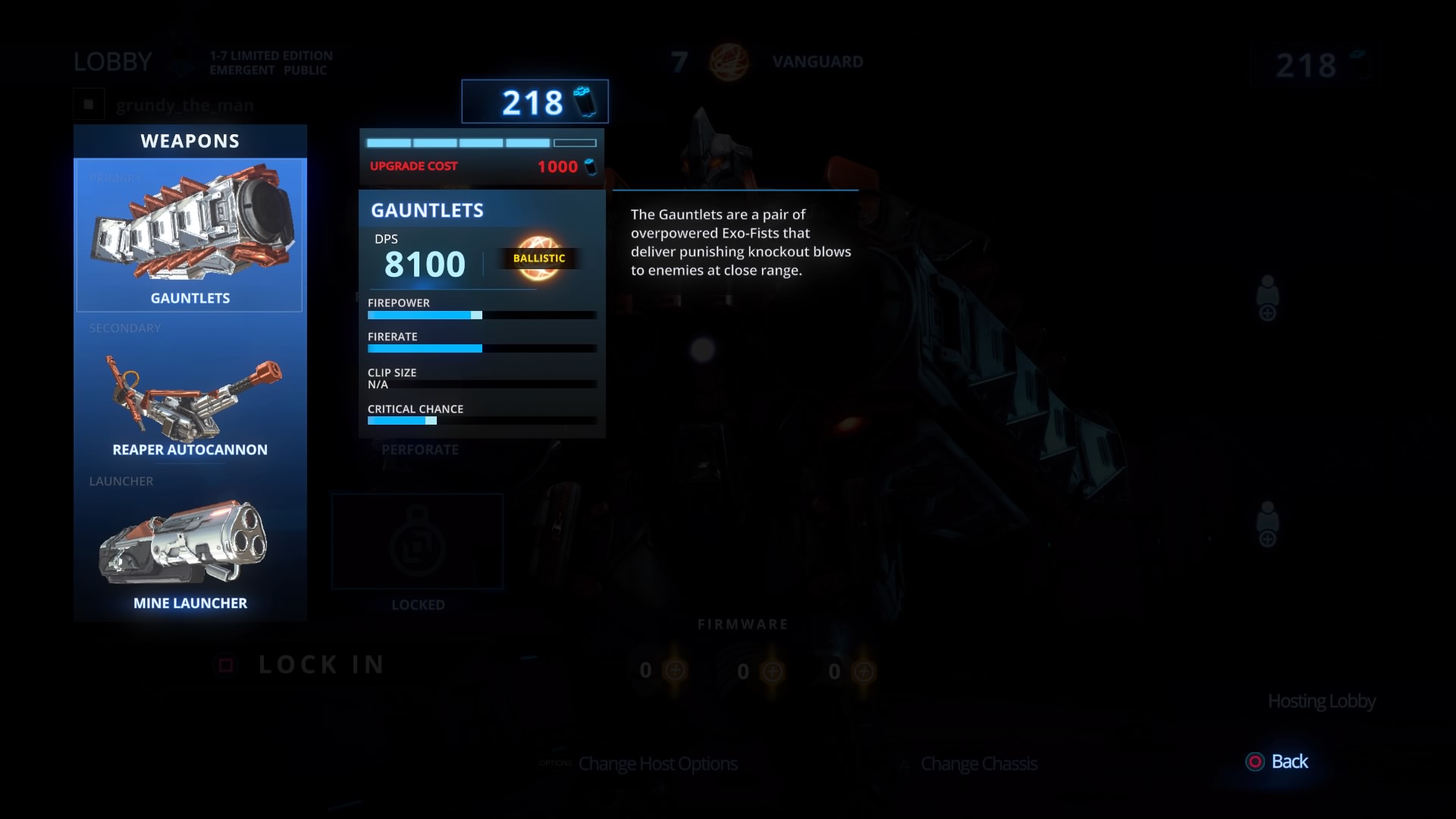
-
Livelock_20160827214938
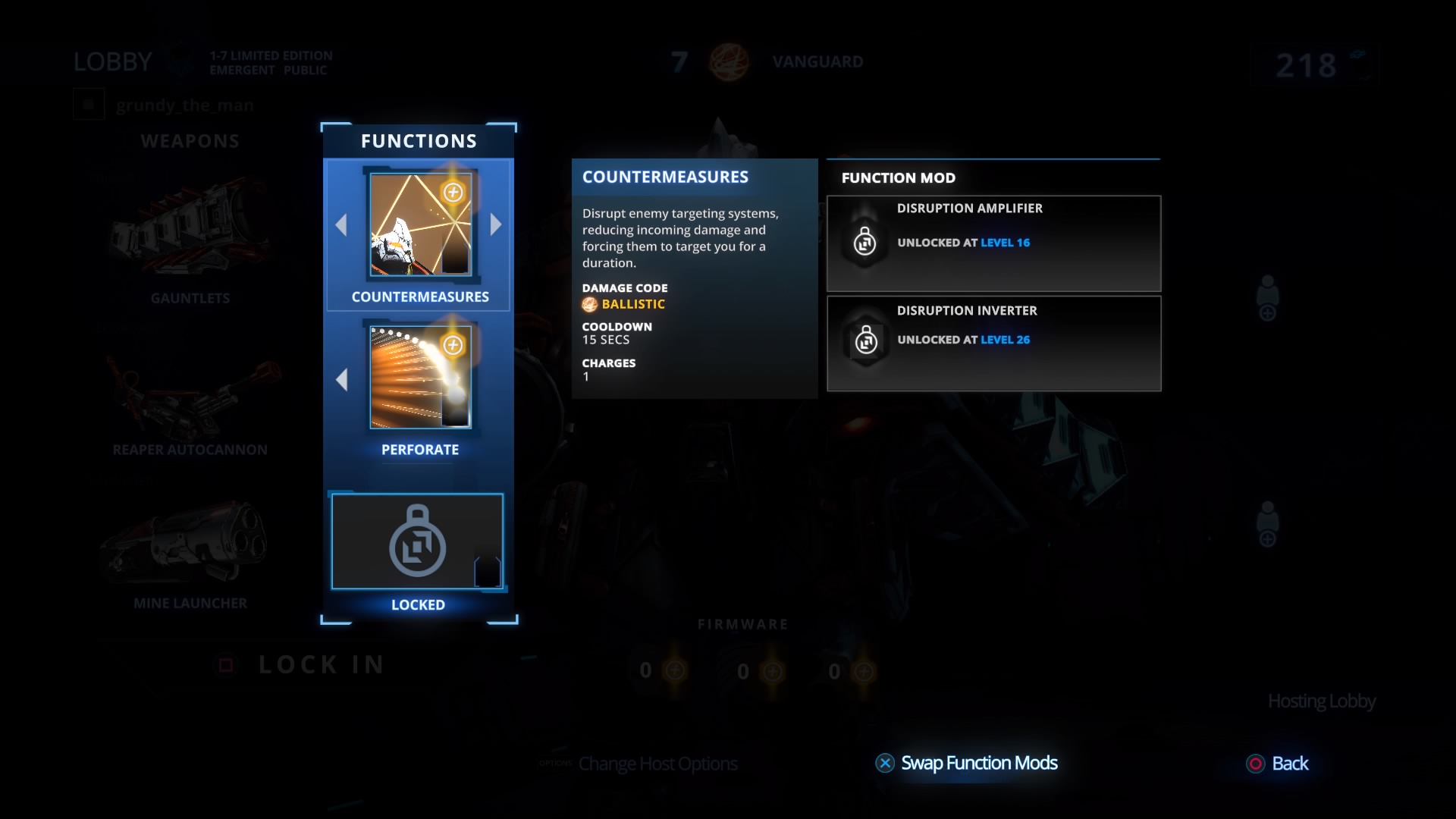
-
Livelock_20160827220519
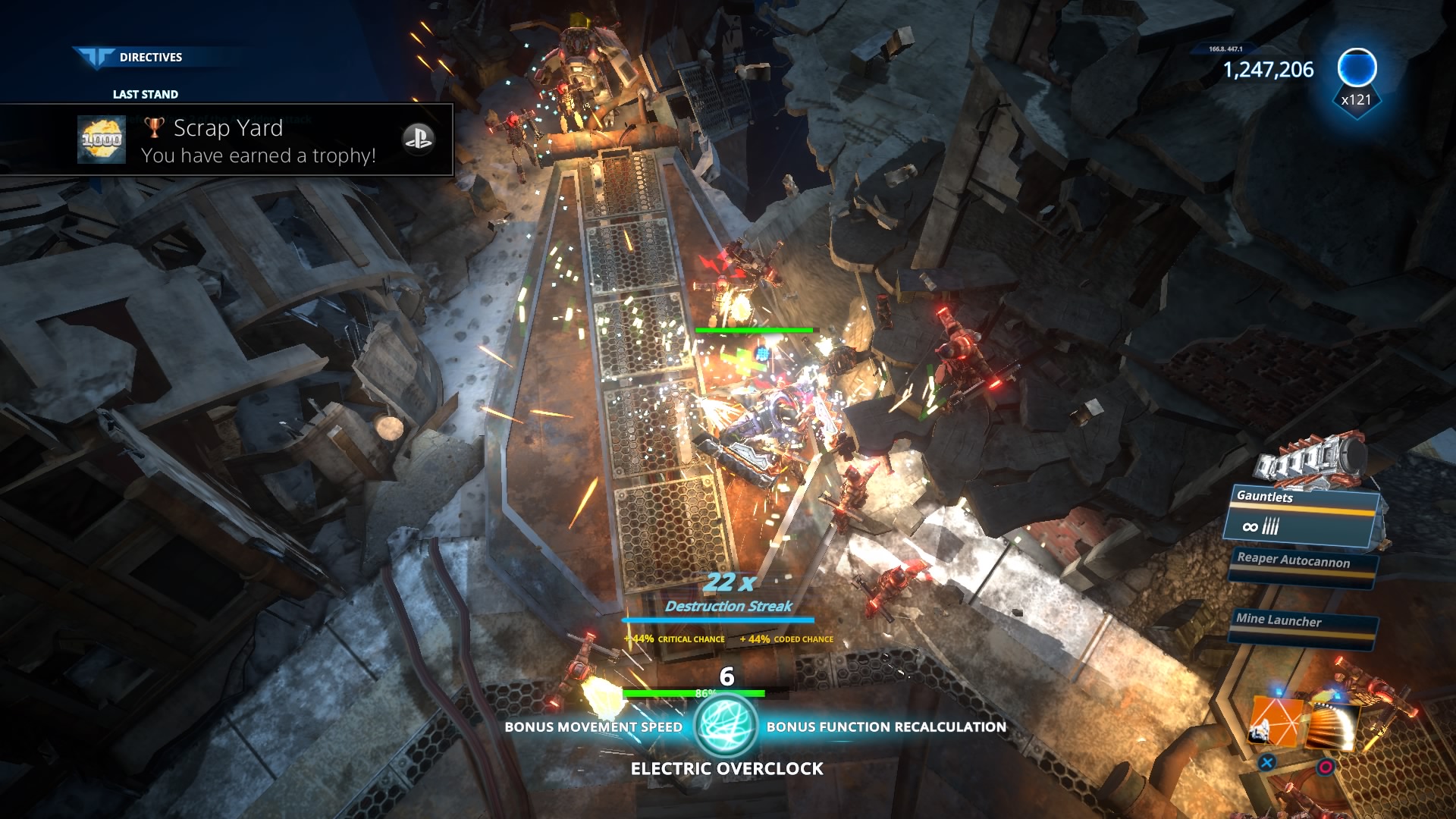
-
Livelock_20160827221244
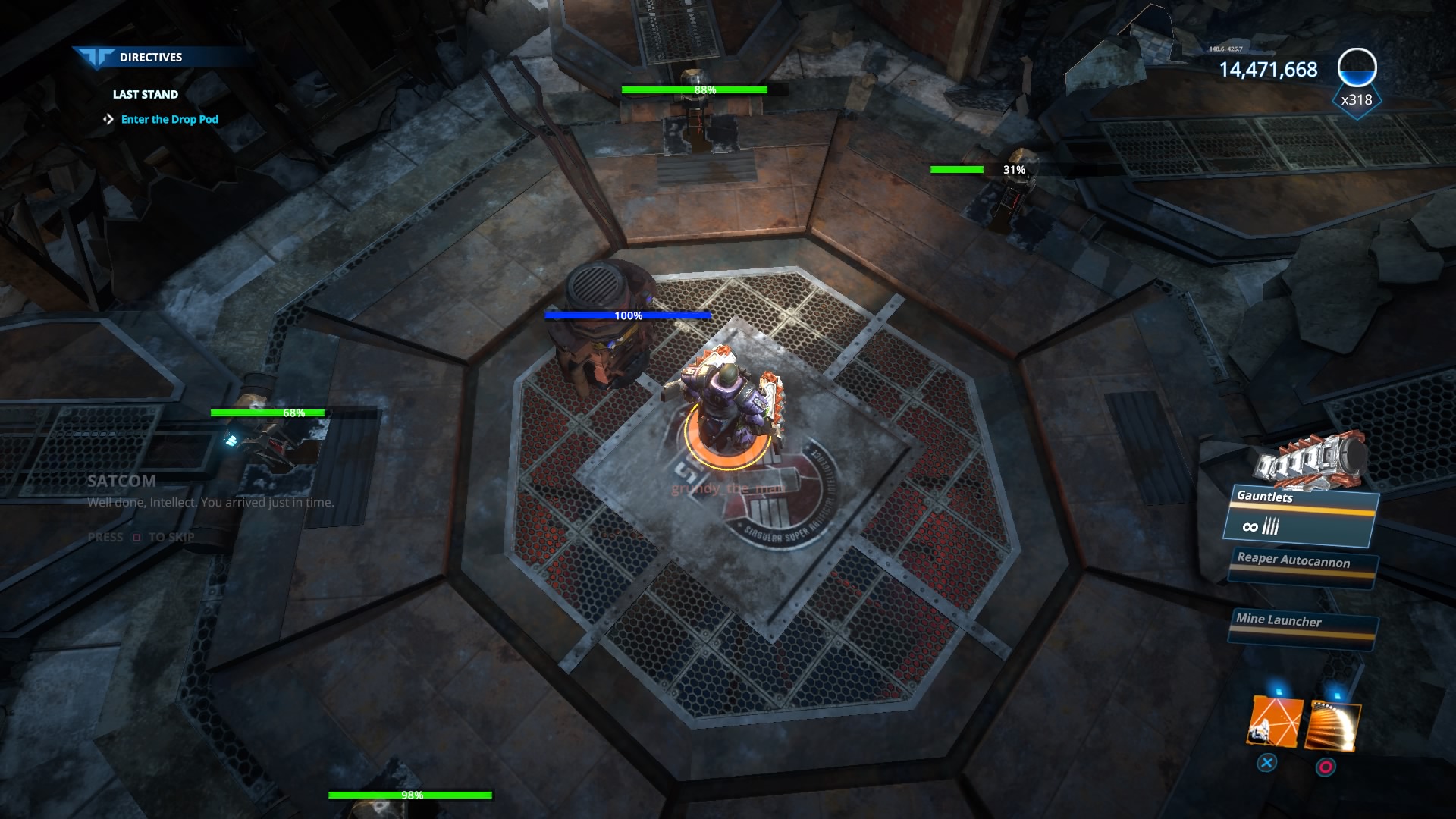
-
Livelock_20160827221541
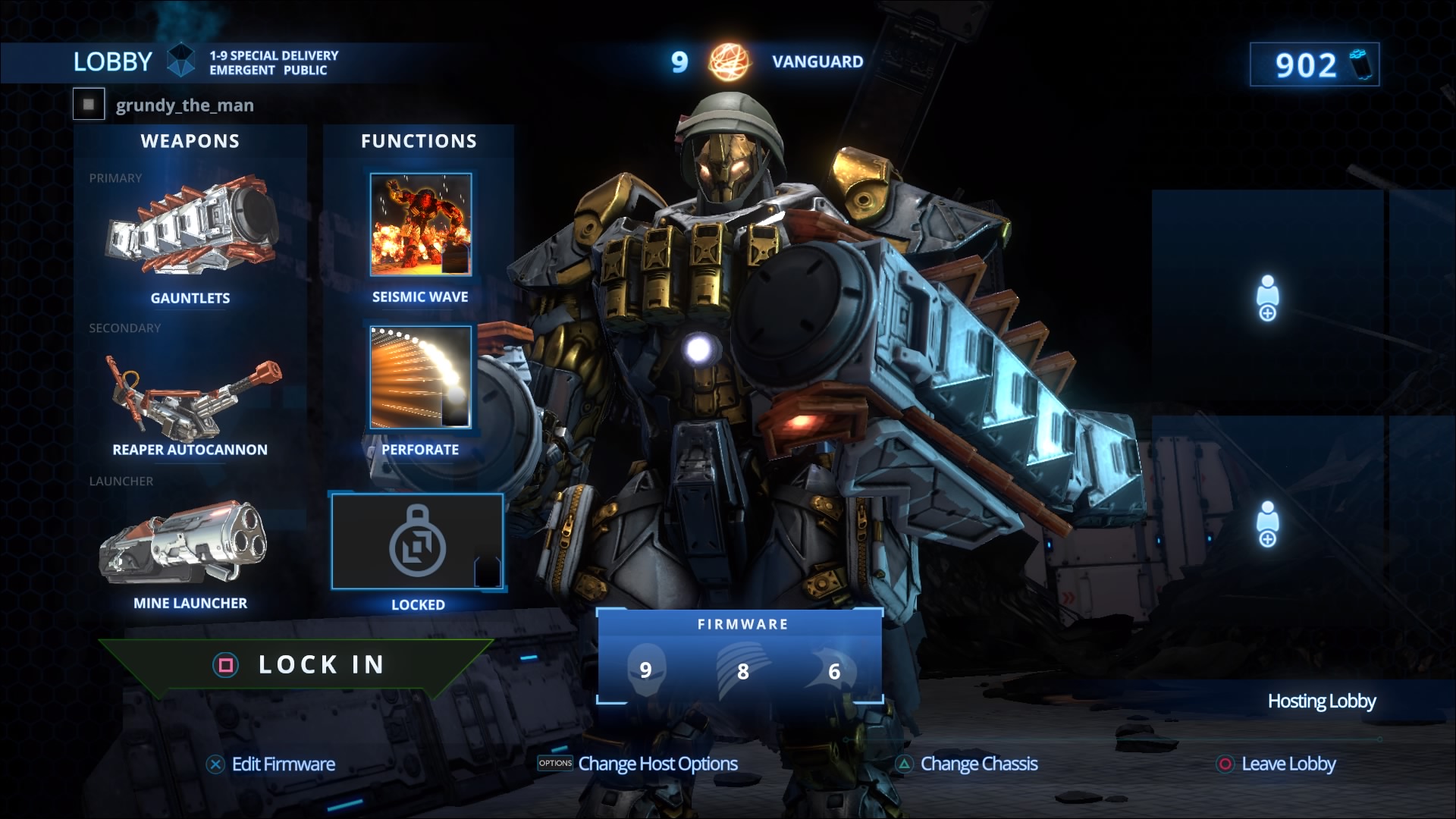
-
Livelock_20160827221750
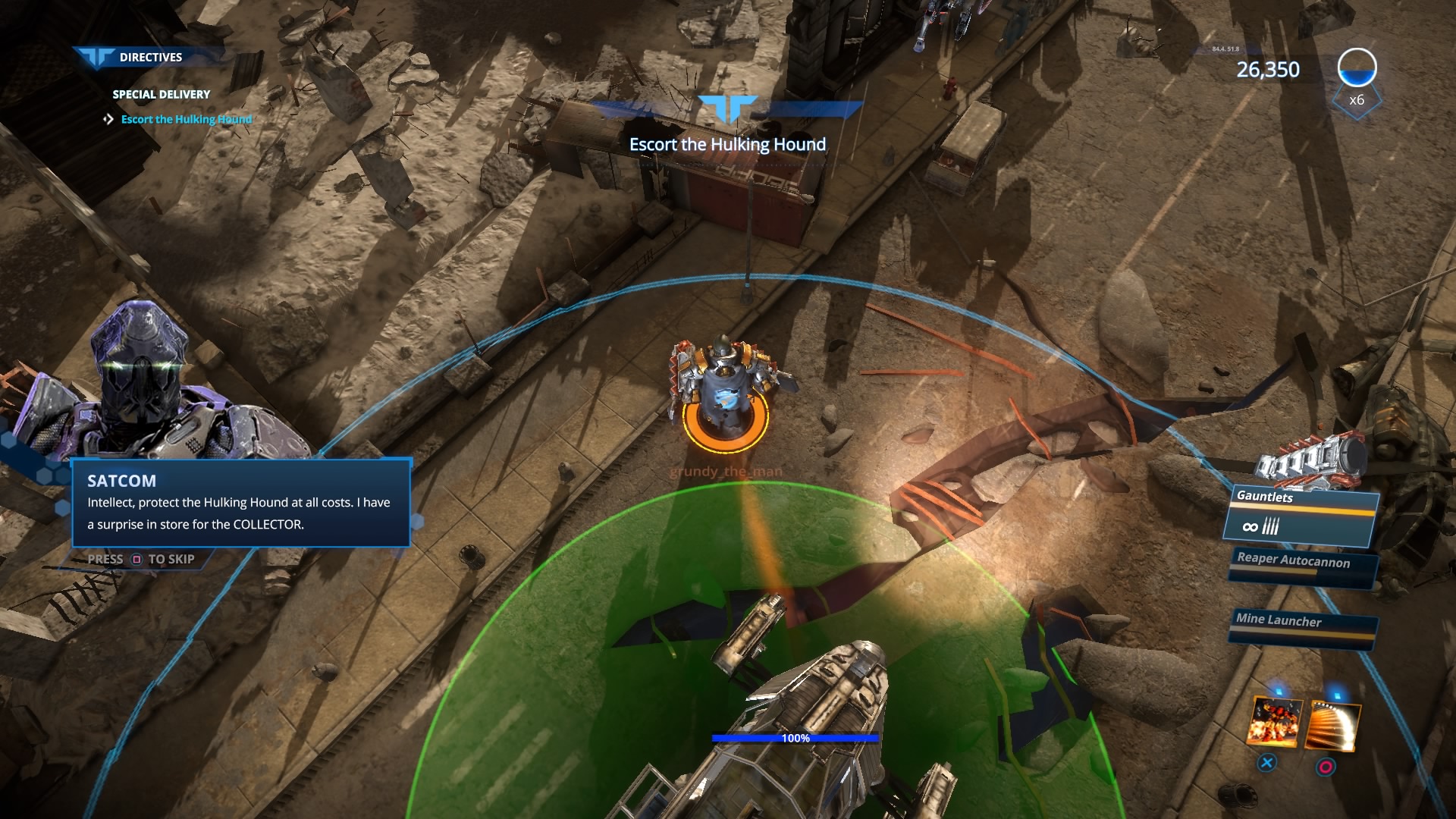
-
Livelock_20160828000755
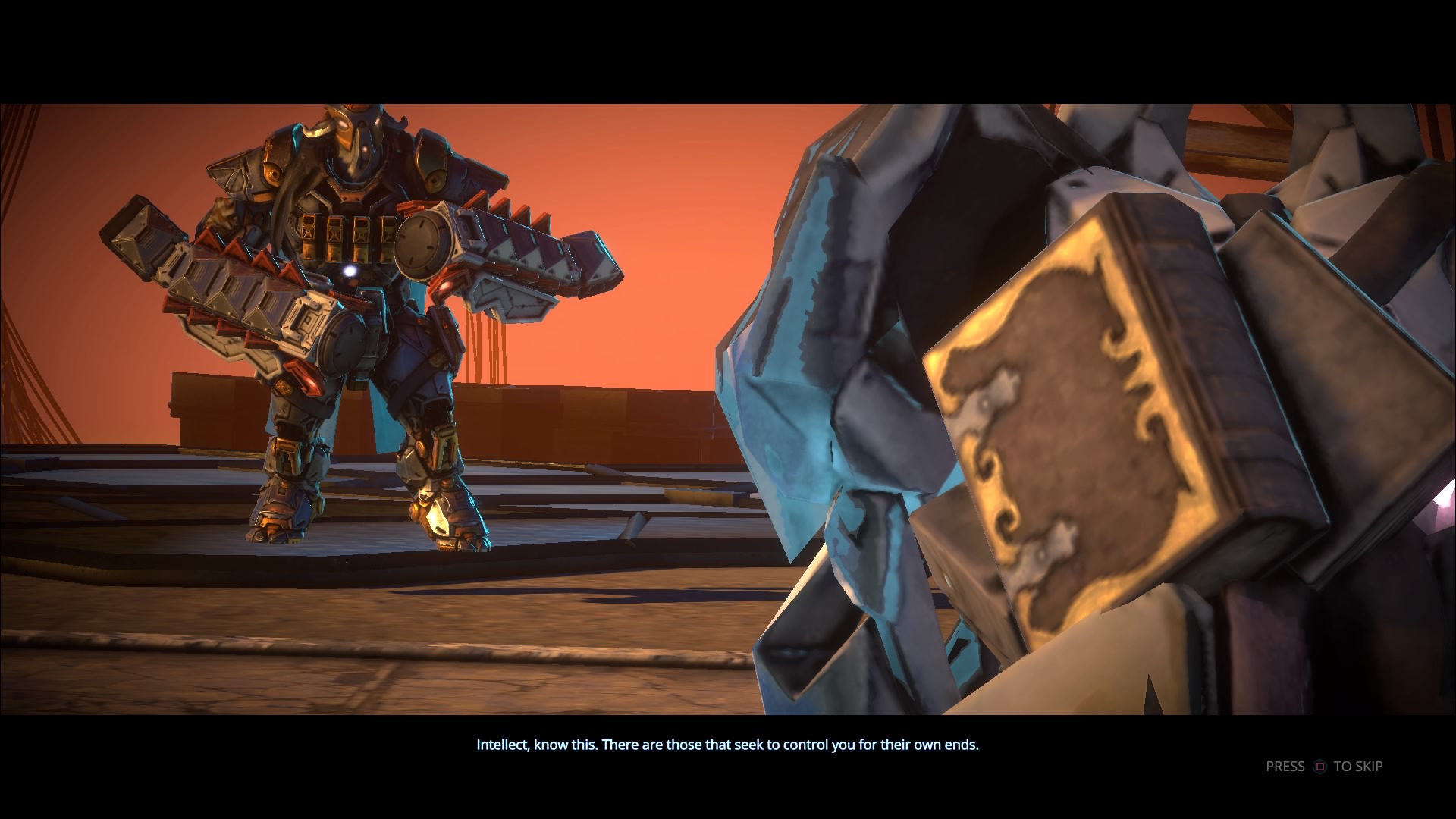
-
Livelock_20160828001932
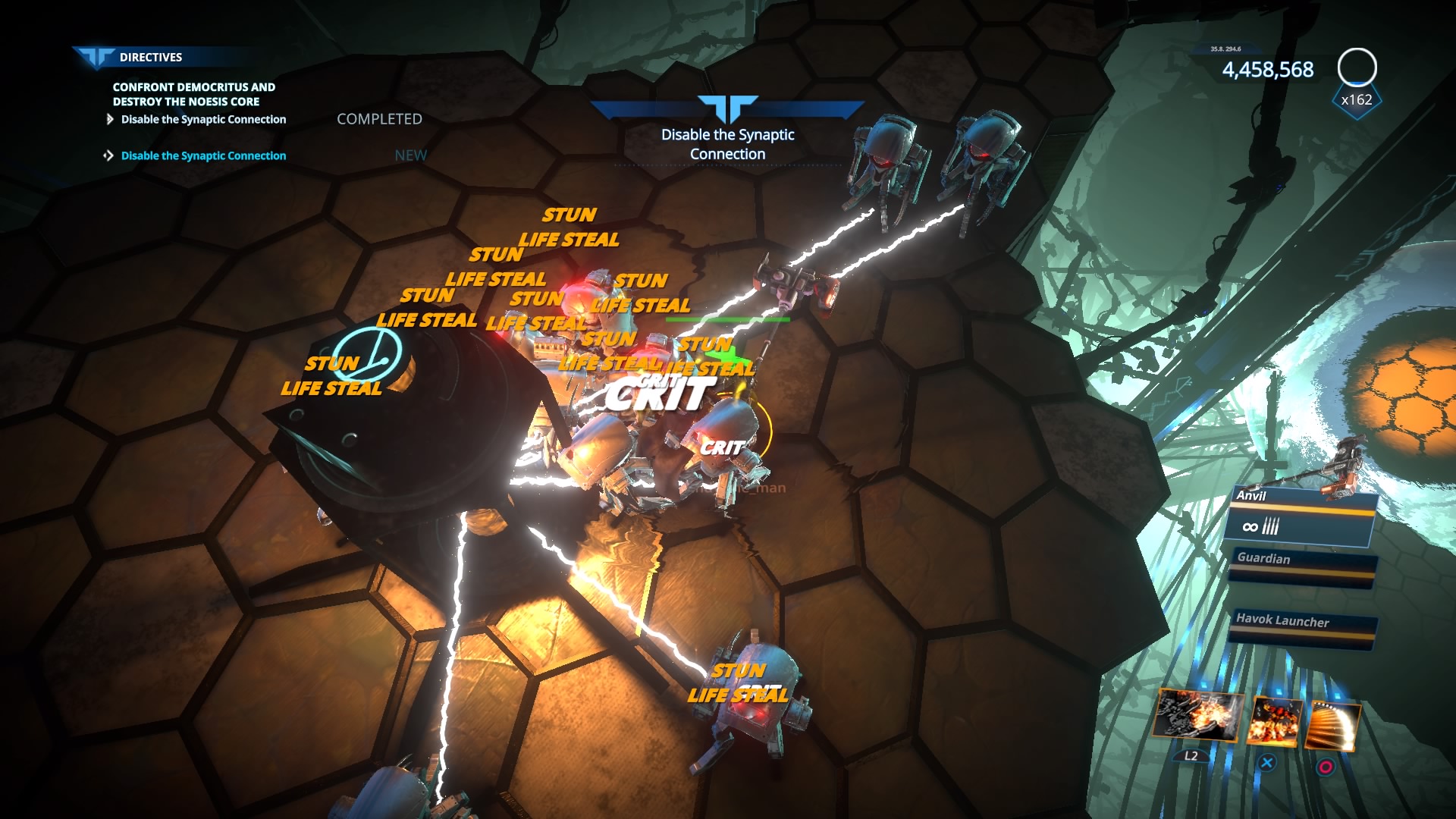
-
Livelock_20160828002437
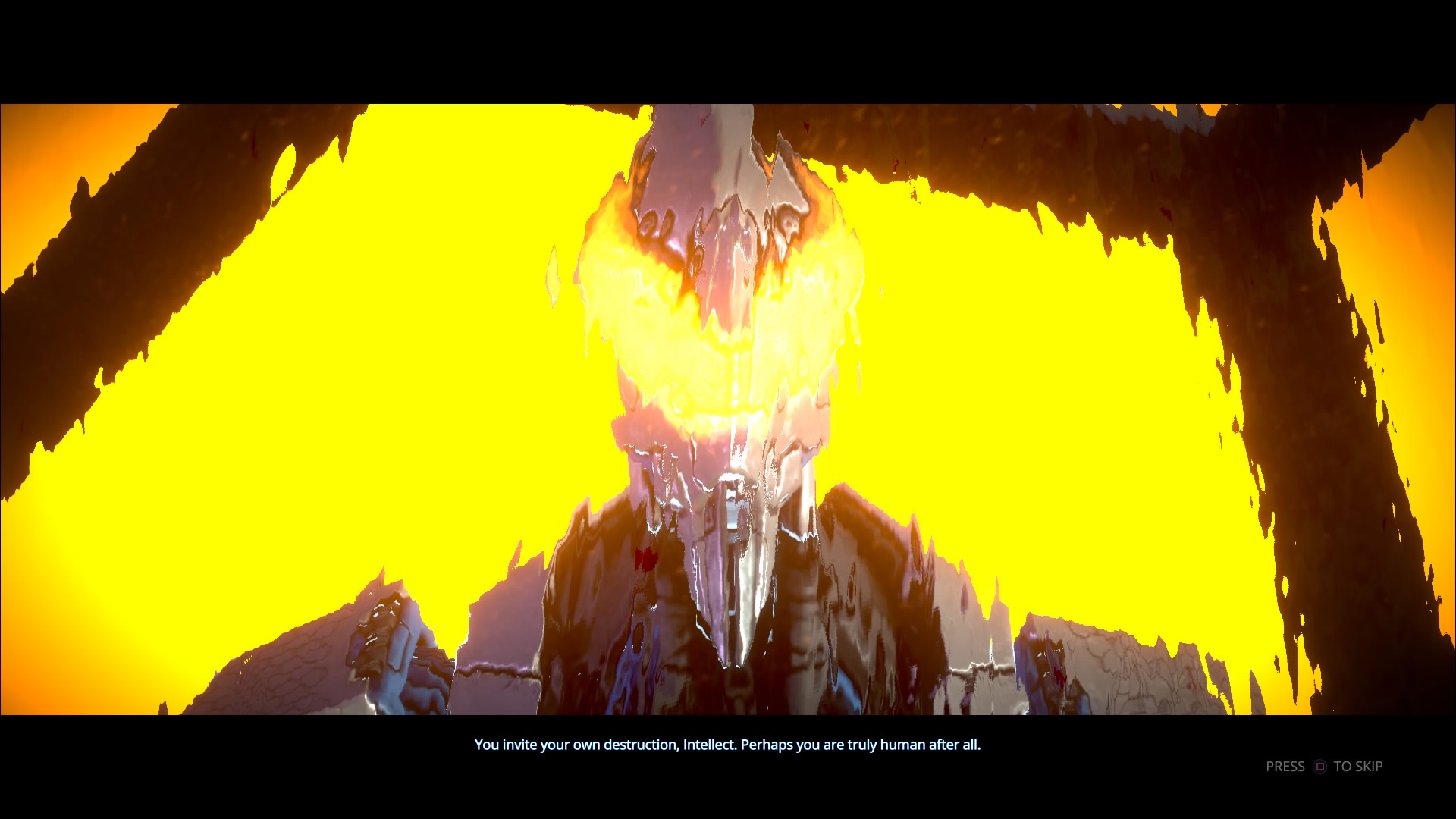
-
Livelock_20160828002515
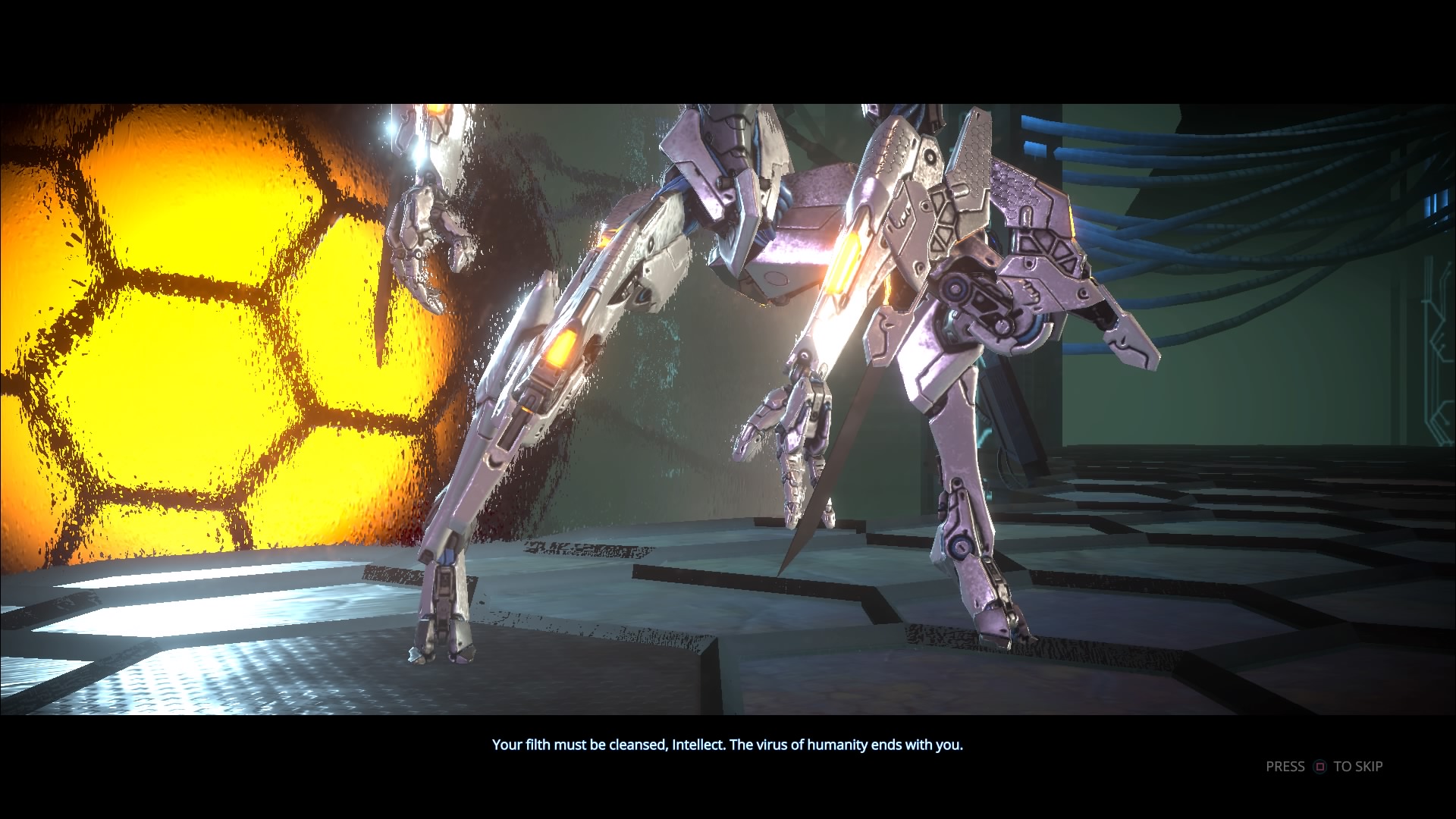
-
Livelock_20160828002520
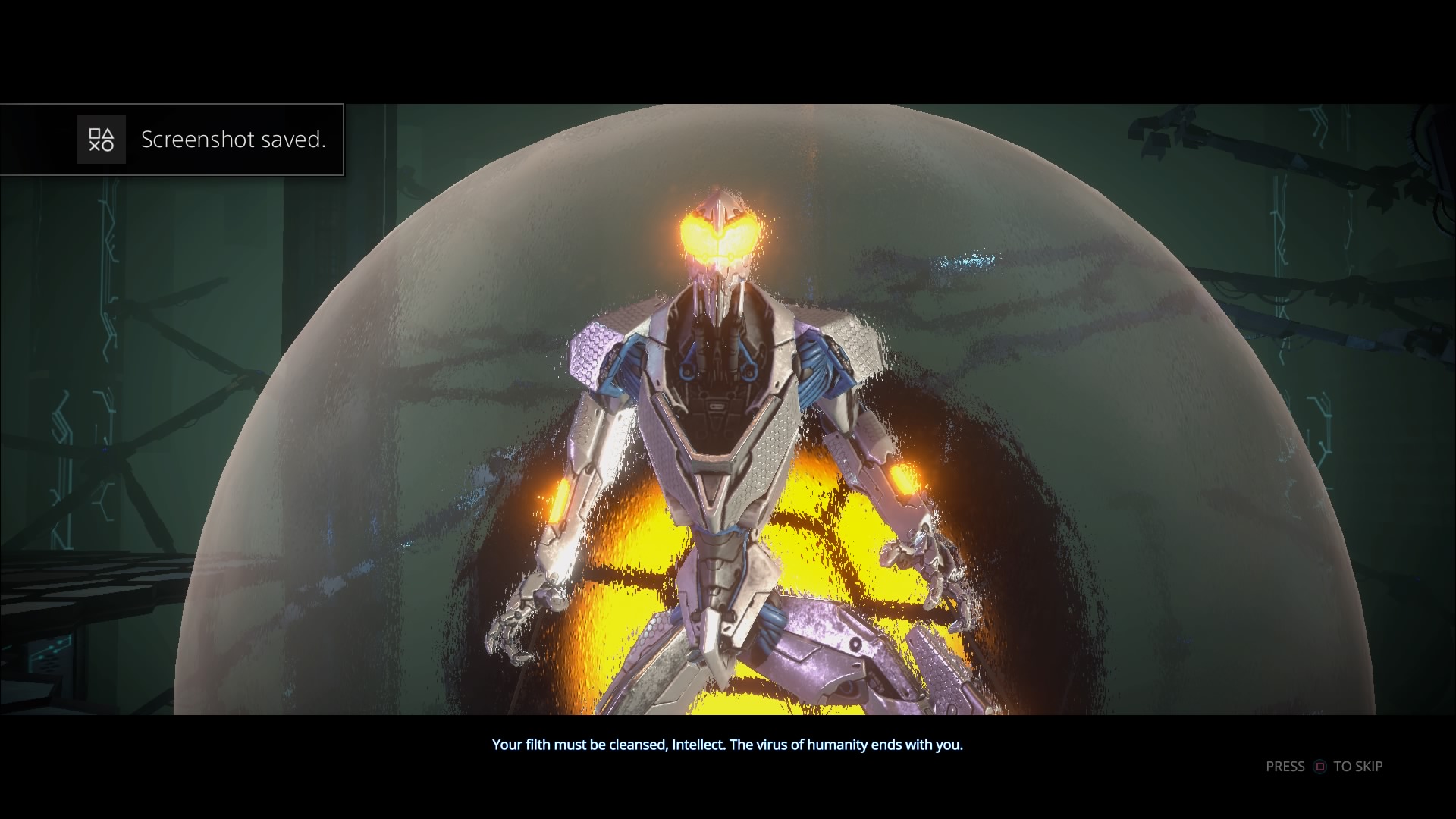
-
Livelock_20160828003059
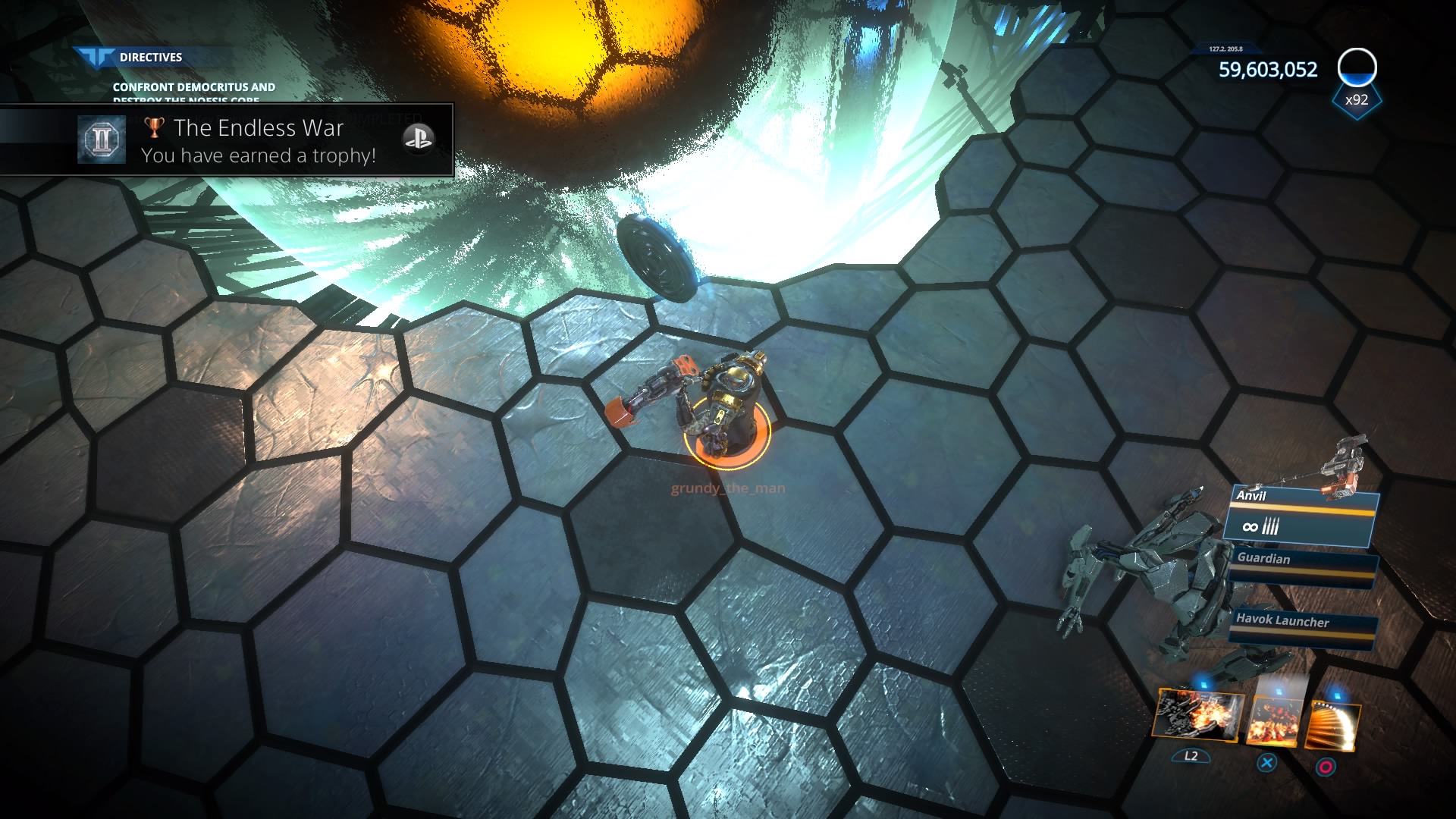
-
Livelock_20160828003104
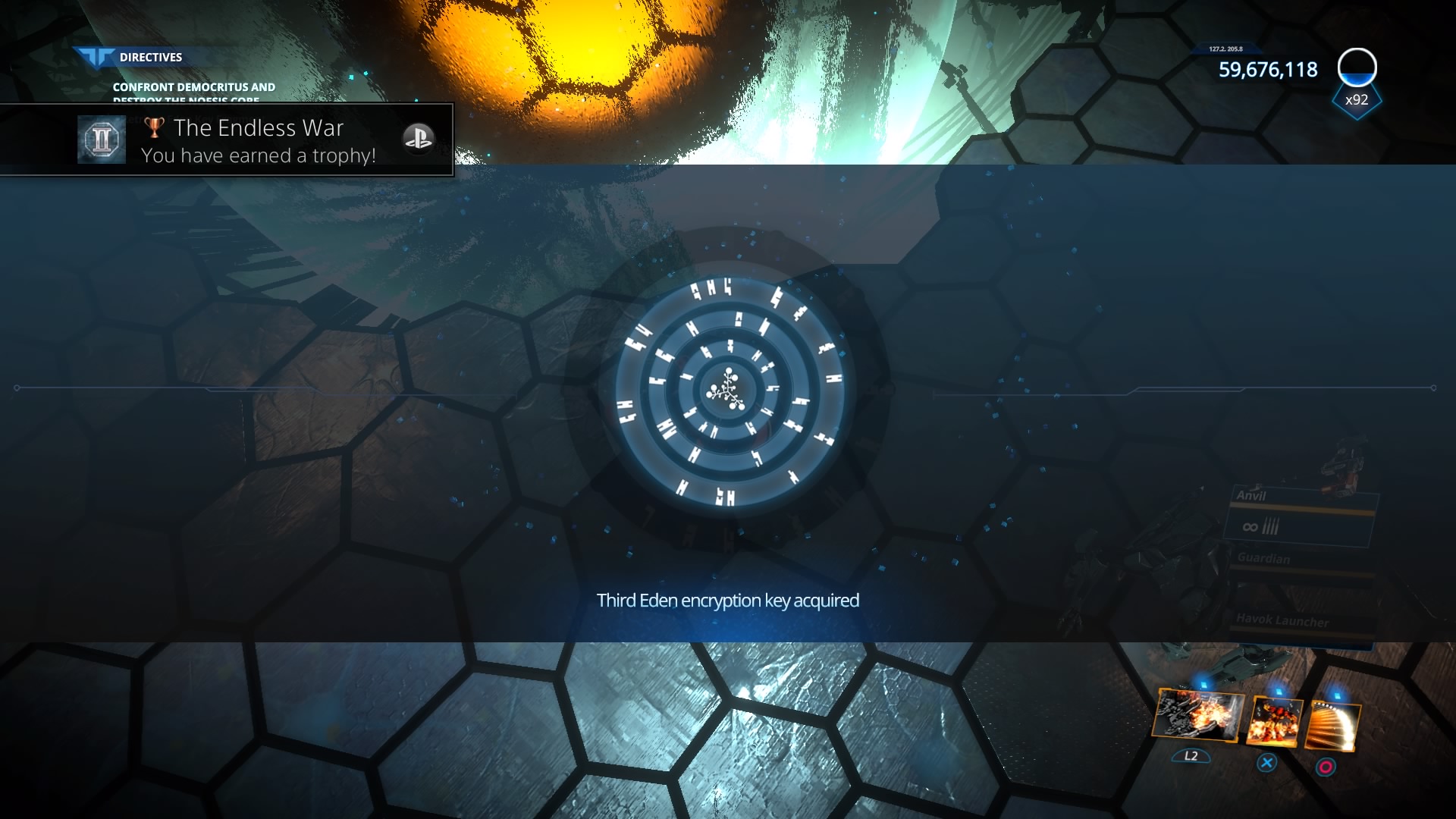
-
Livelock_20160828003149
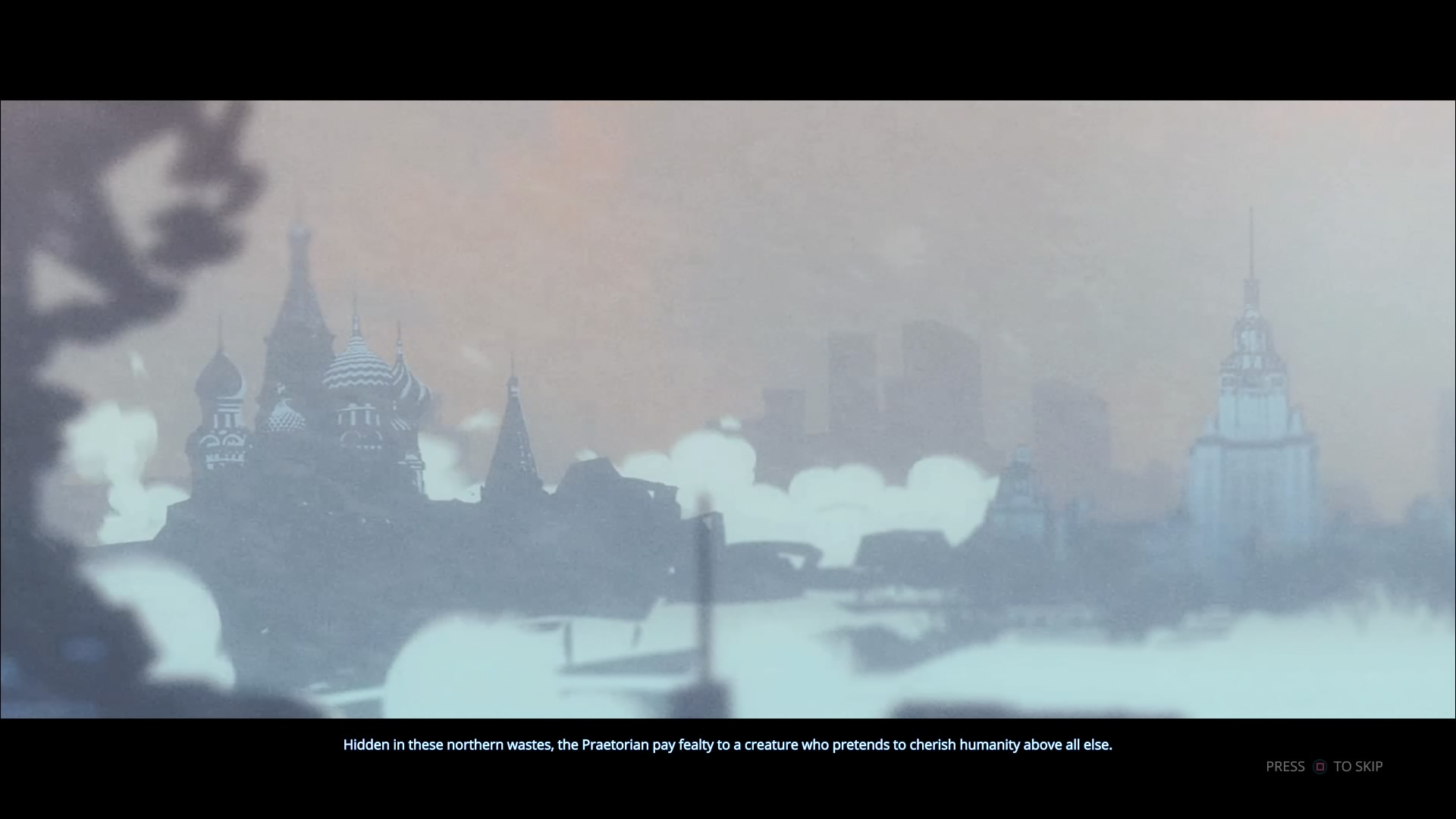
-
Livelock_20160828003240
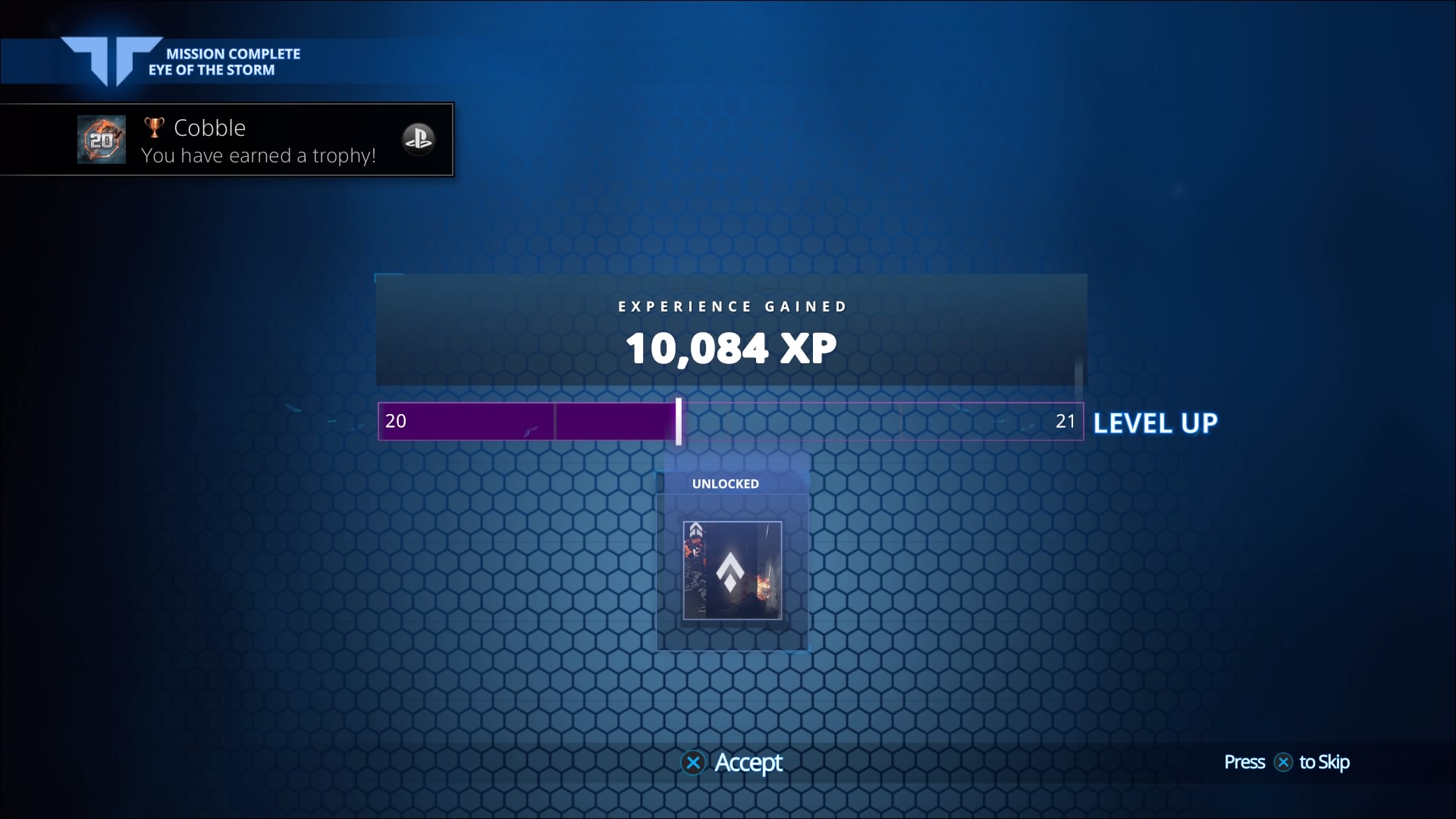
-
Livelock_20160828003430
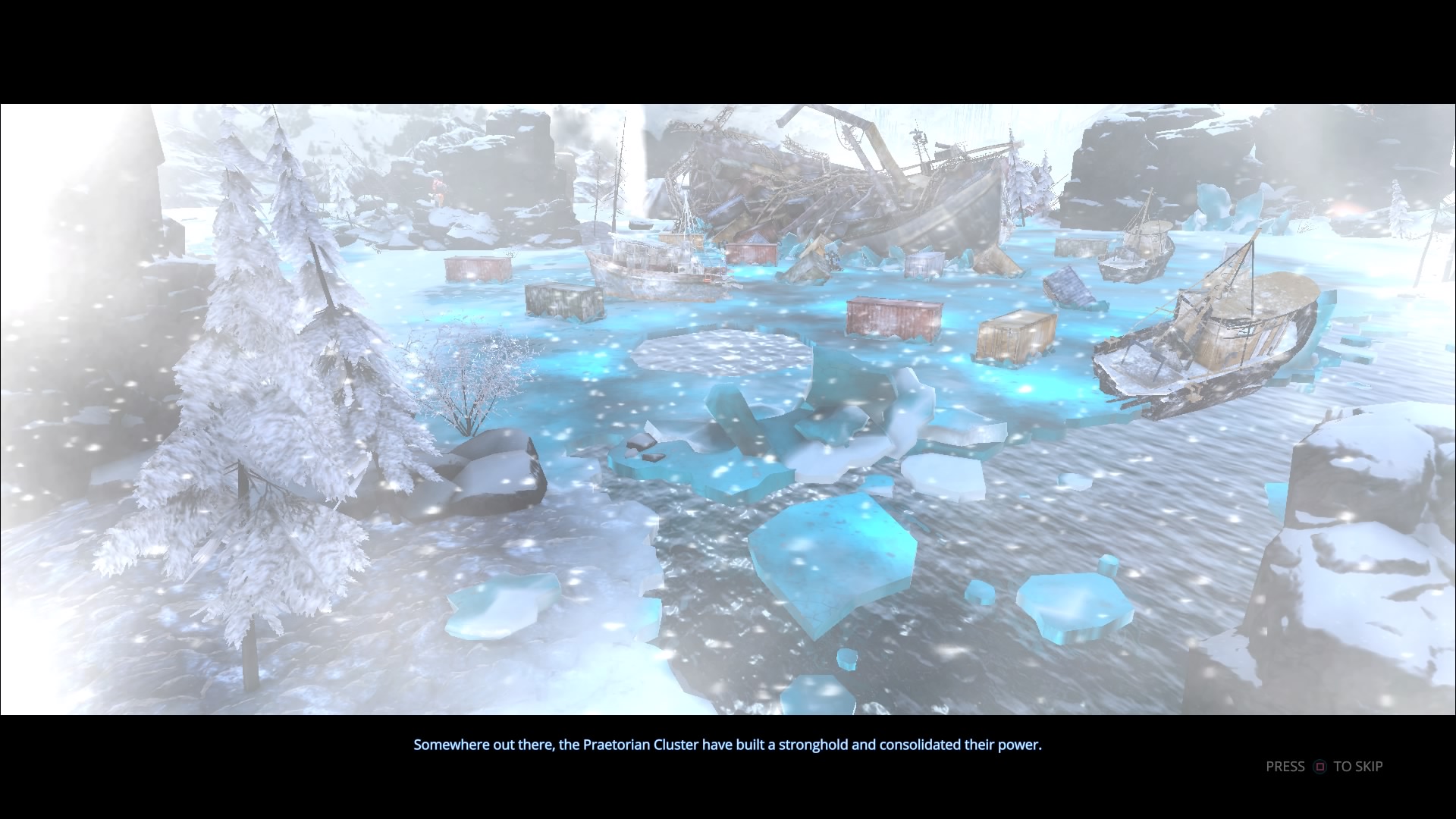
-
Livelock_20160828005719
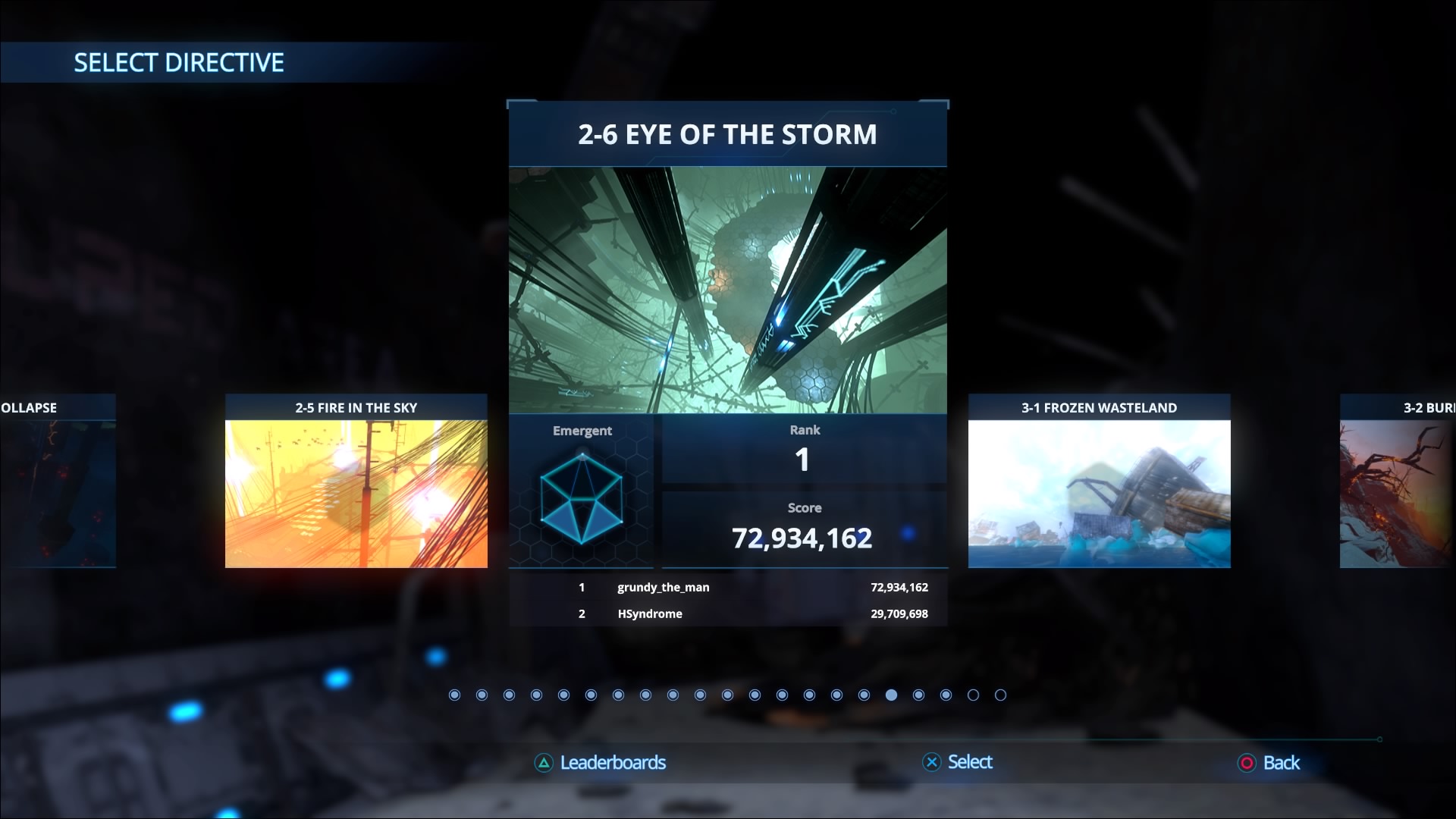
-
Livelock_20160828010911
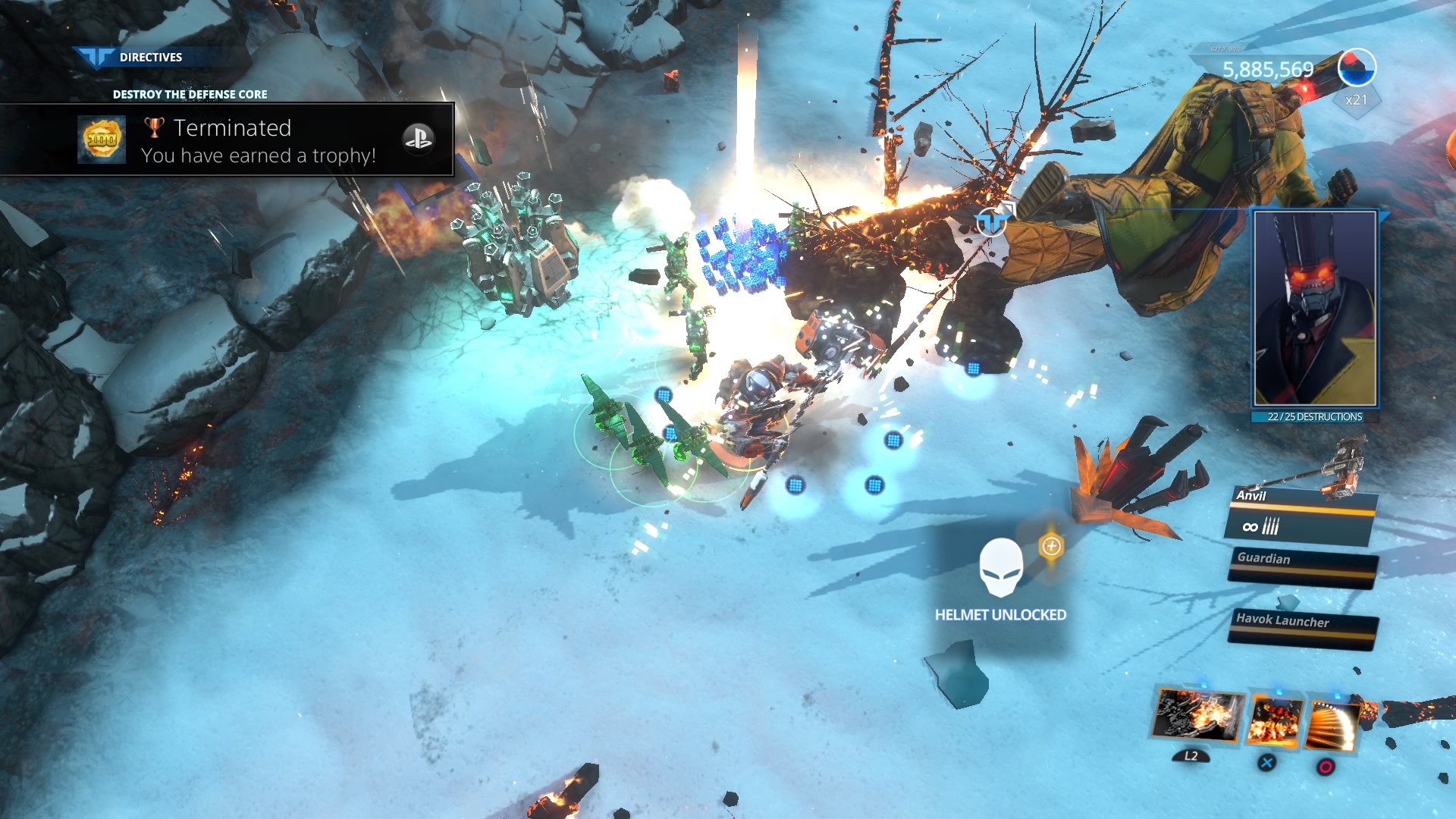
-
Livelock_20160828011203
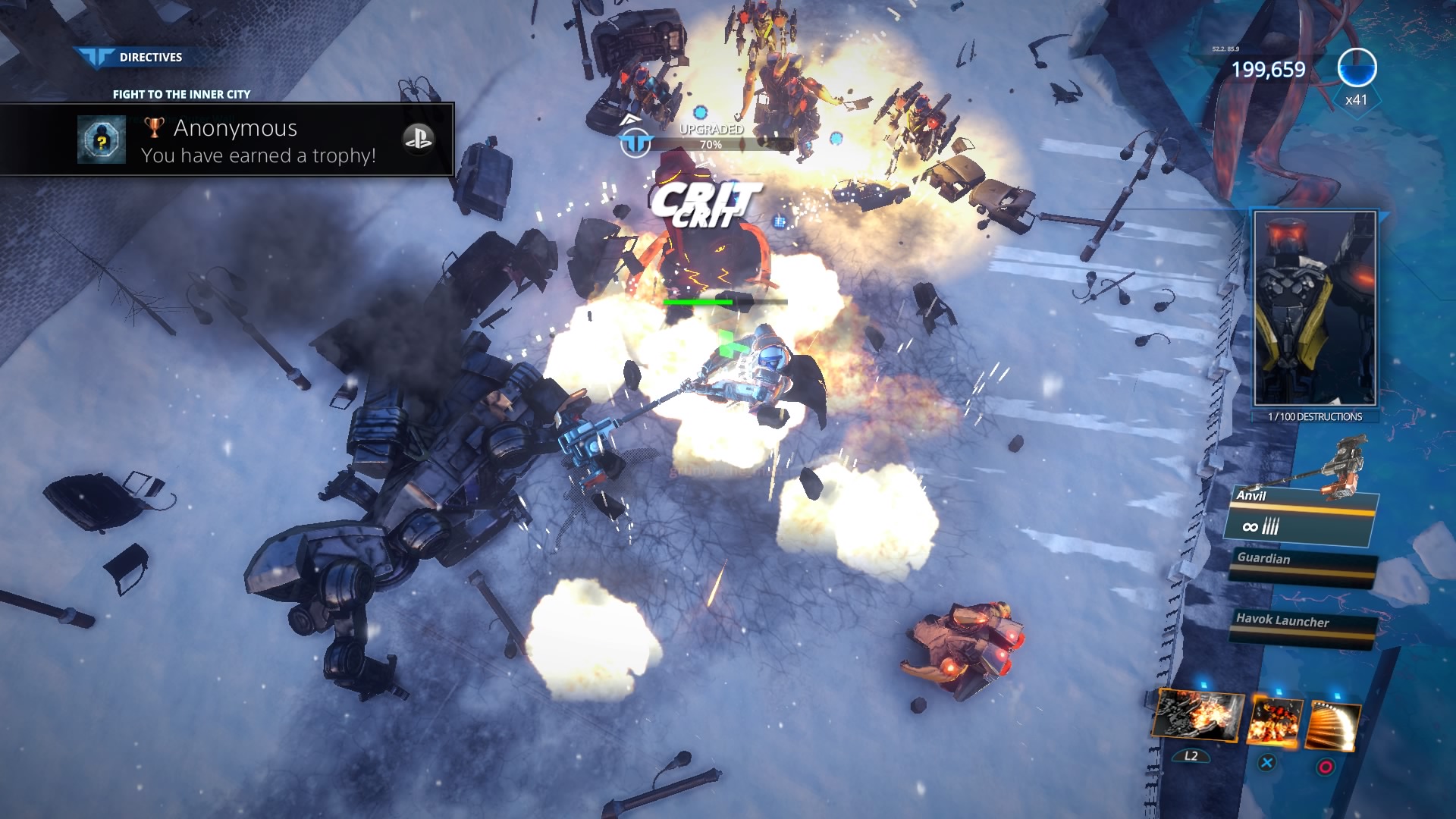
-
Livelock_20160828013424
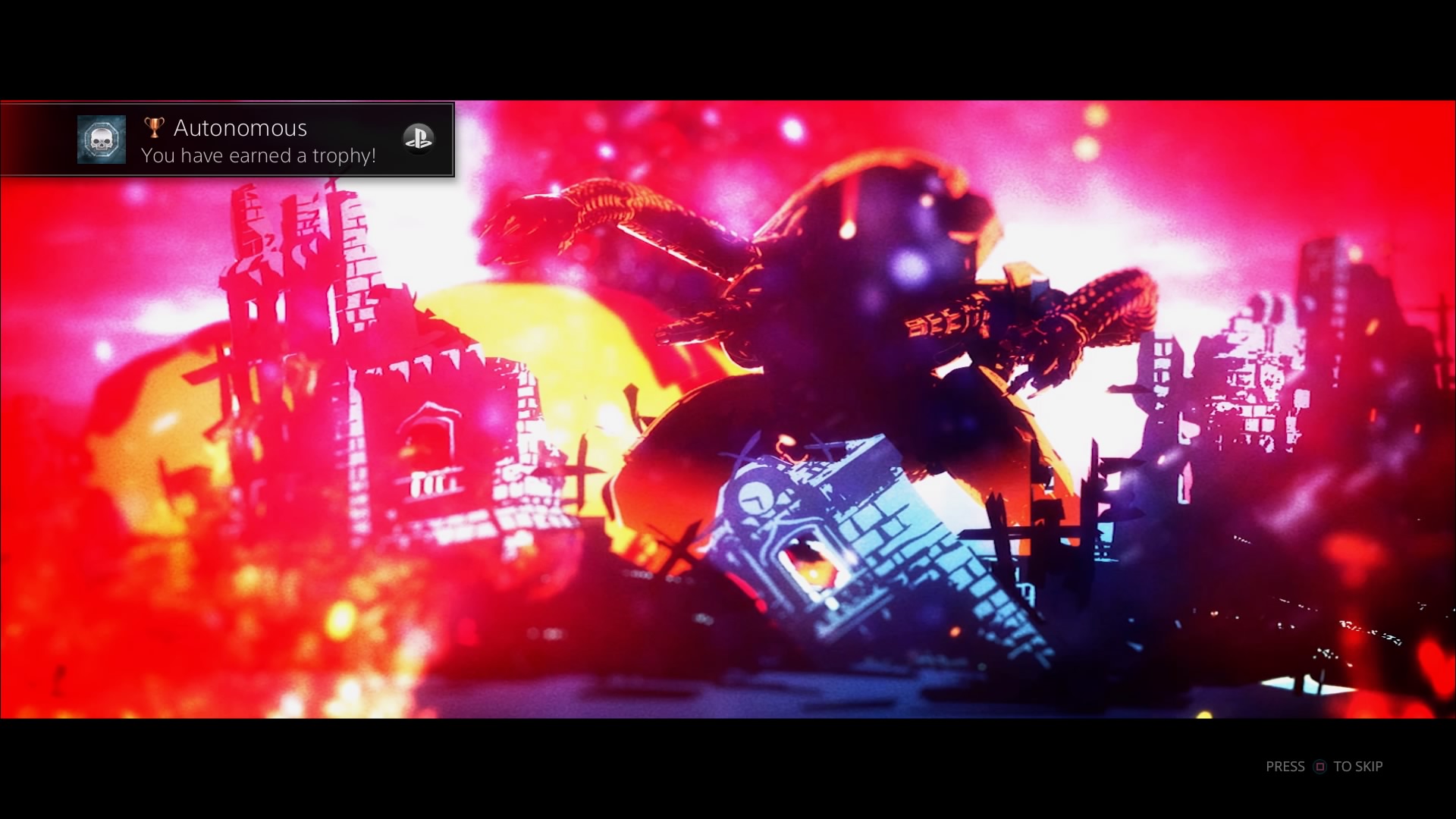
-
Livelock_20160828014151
